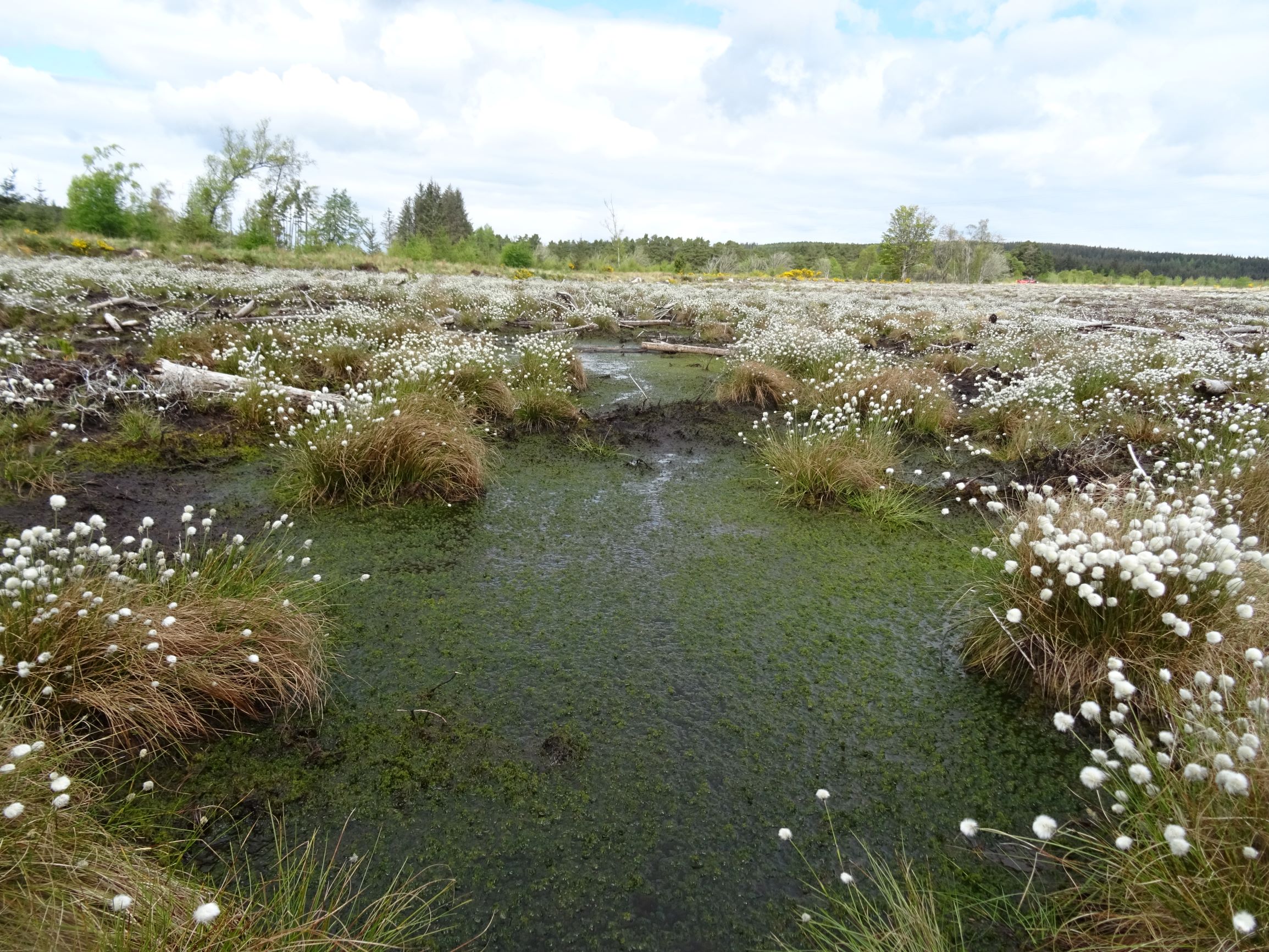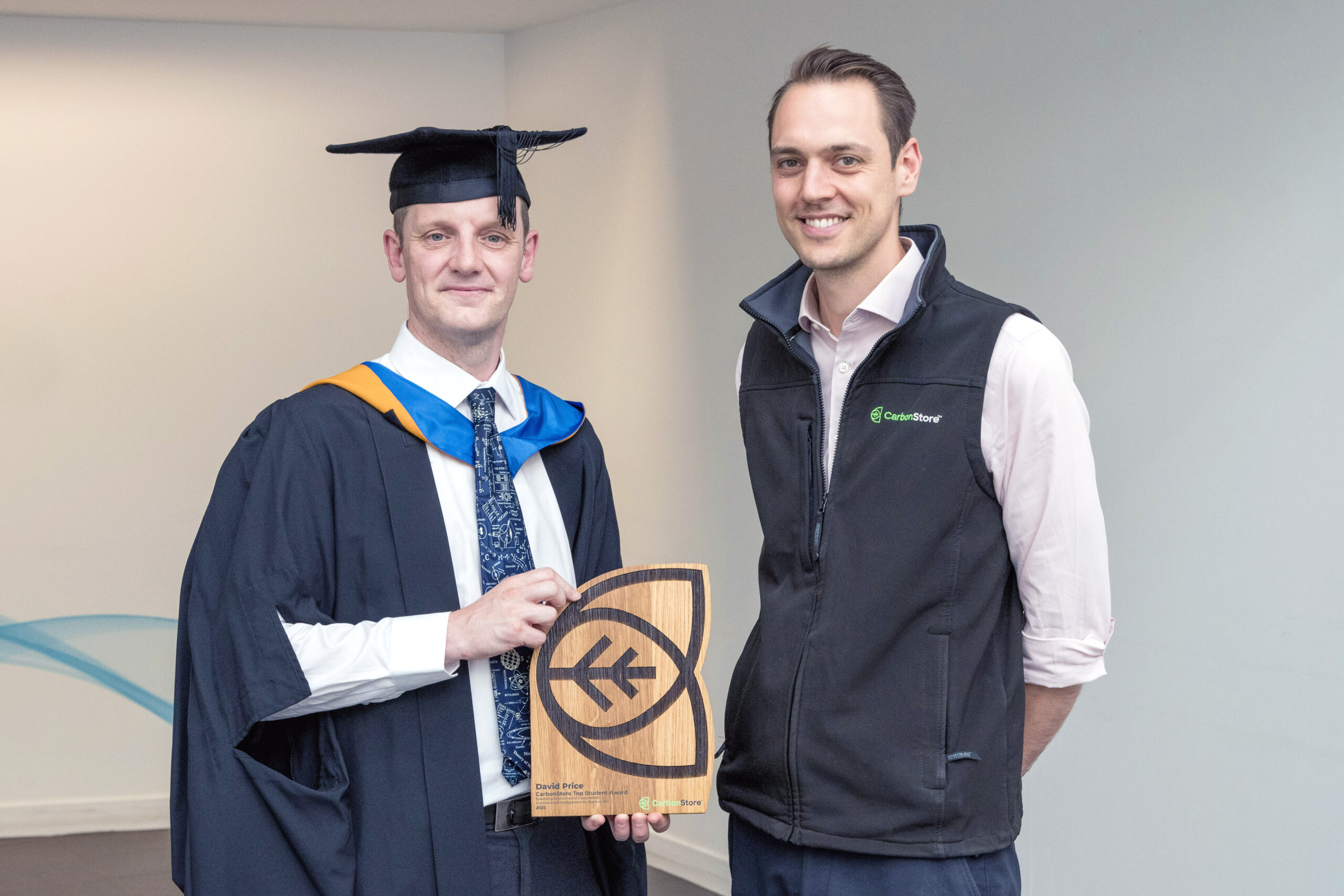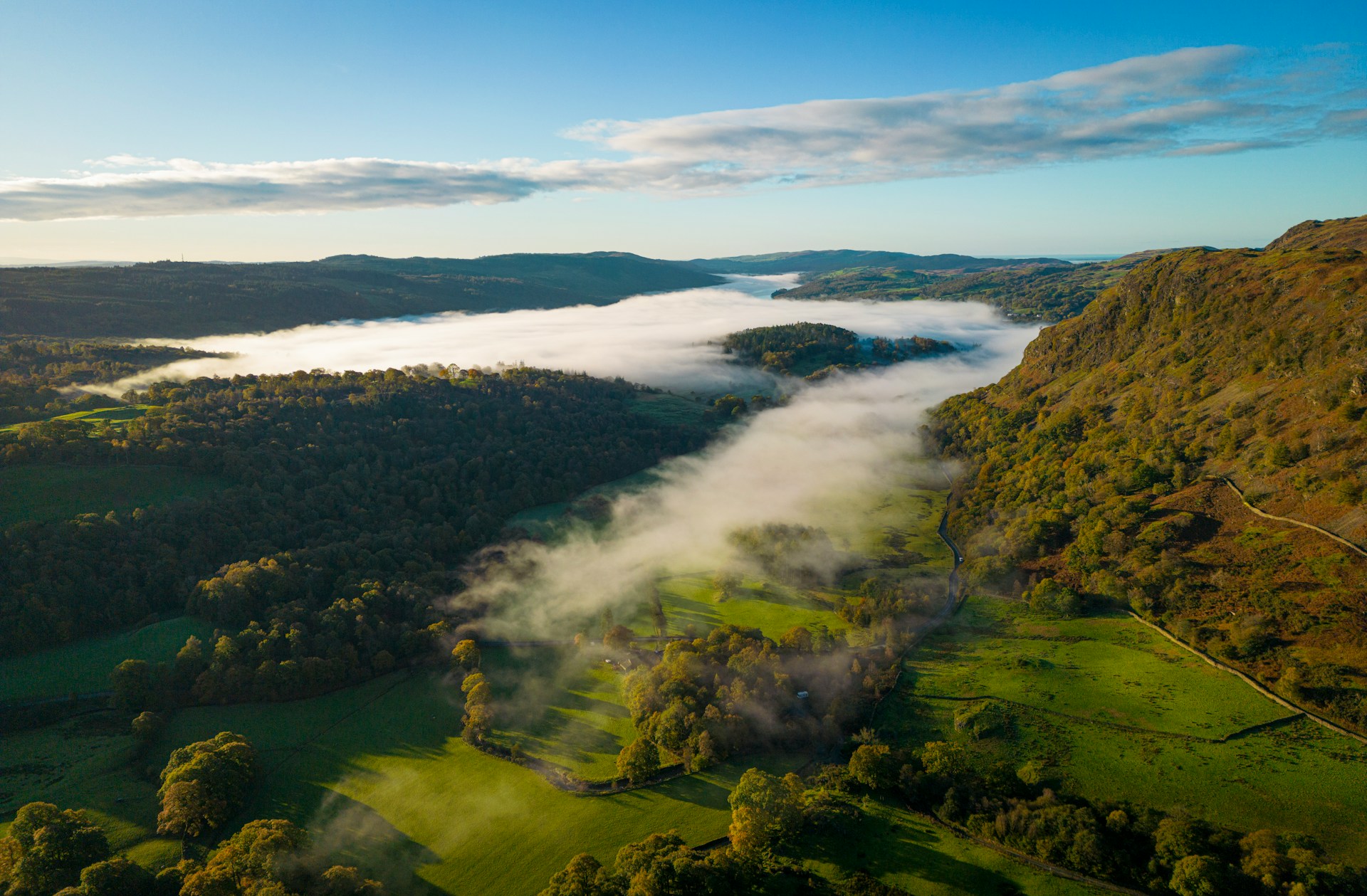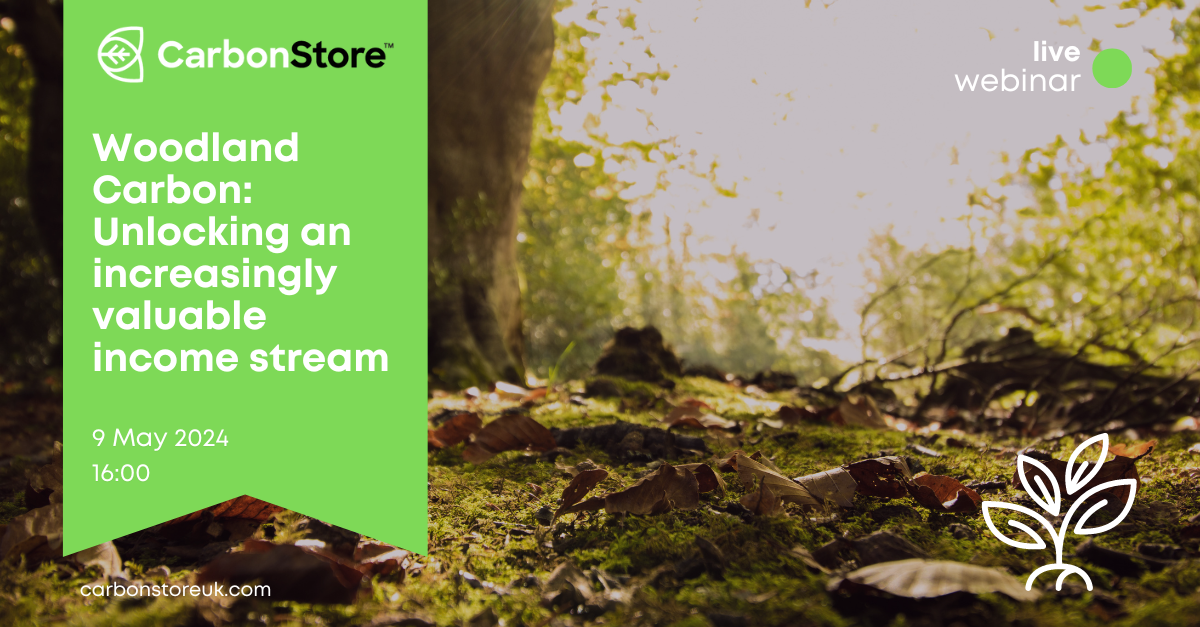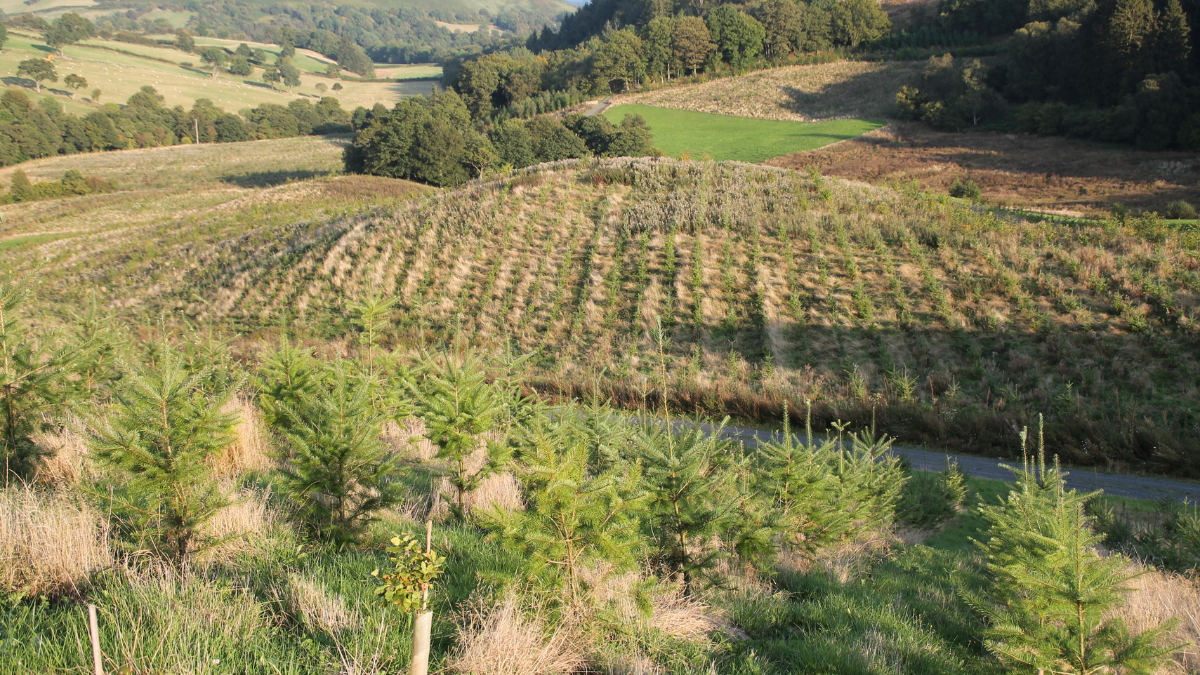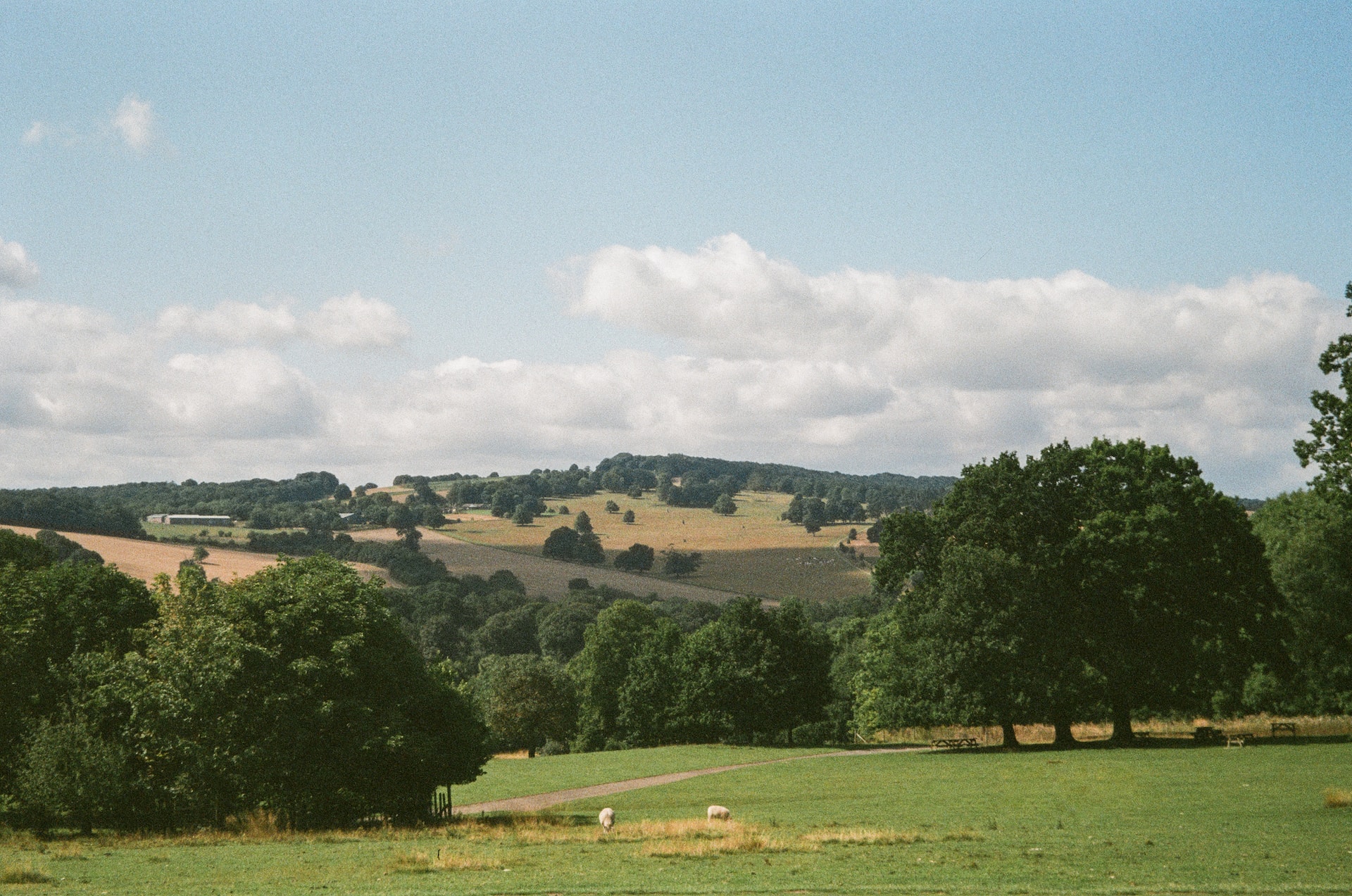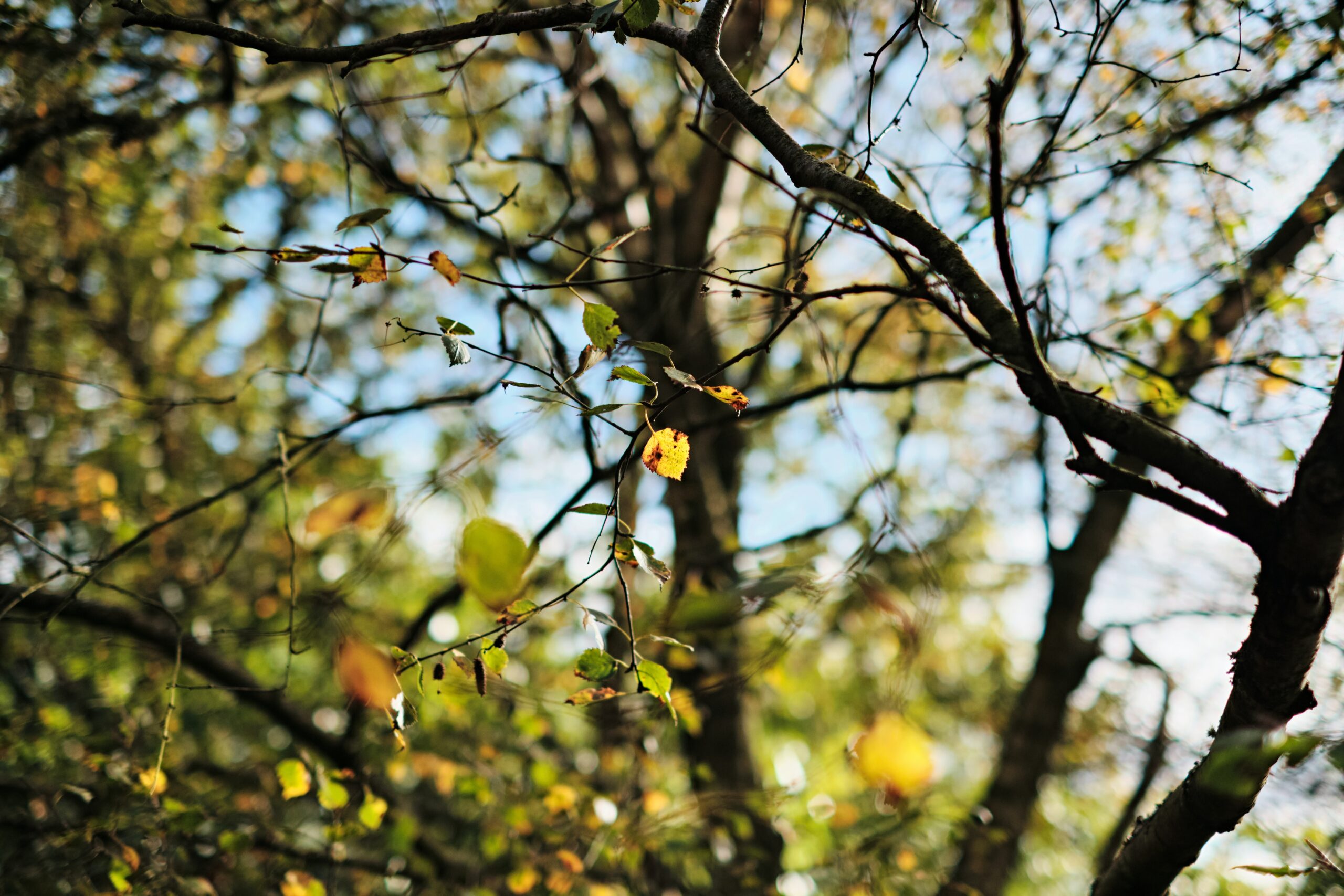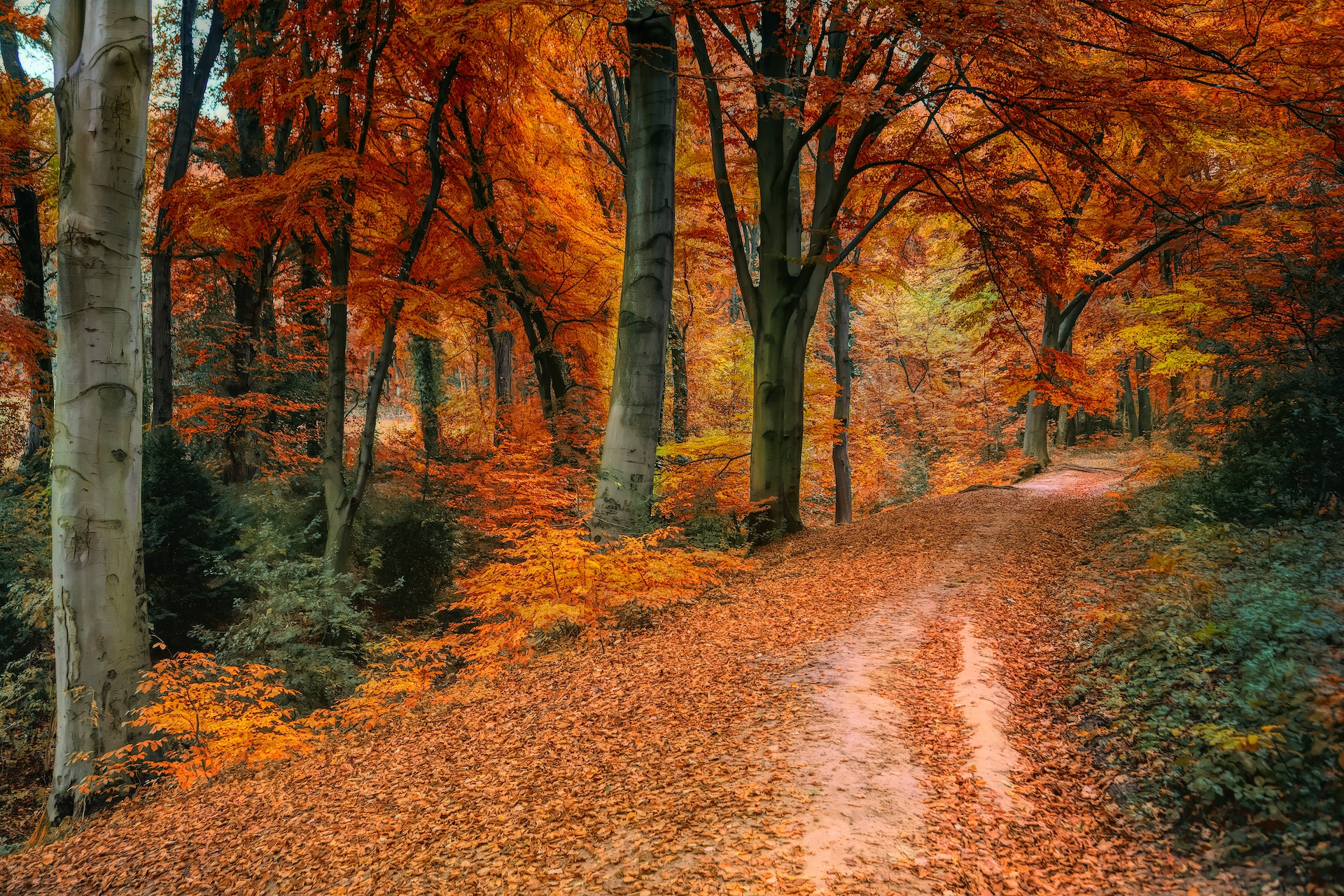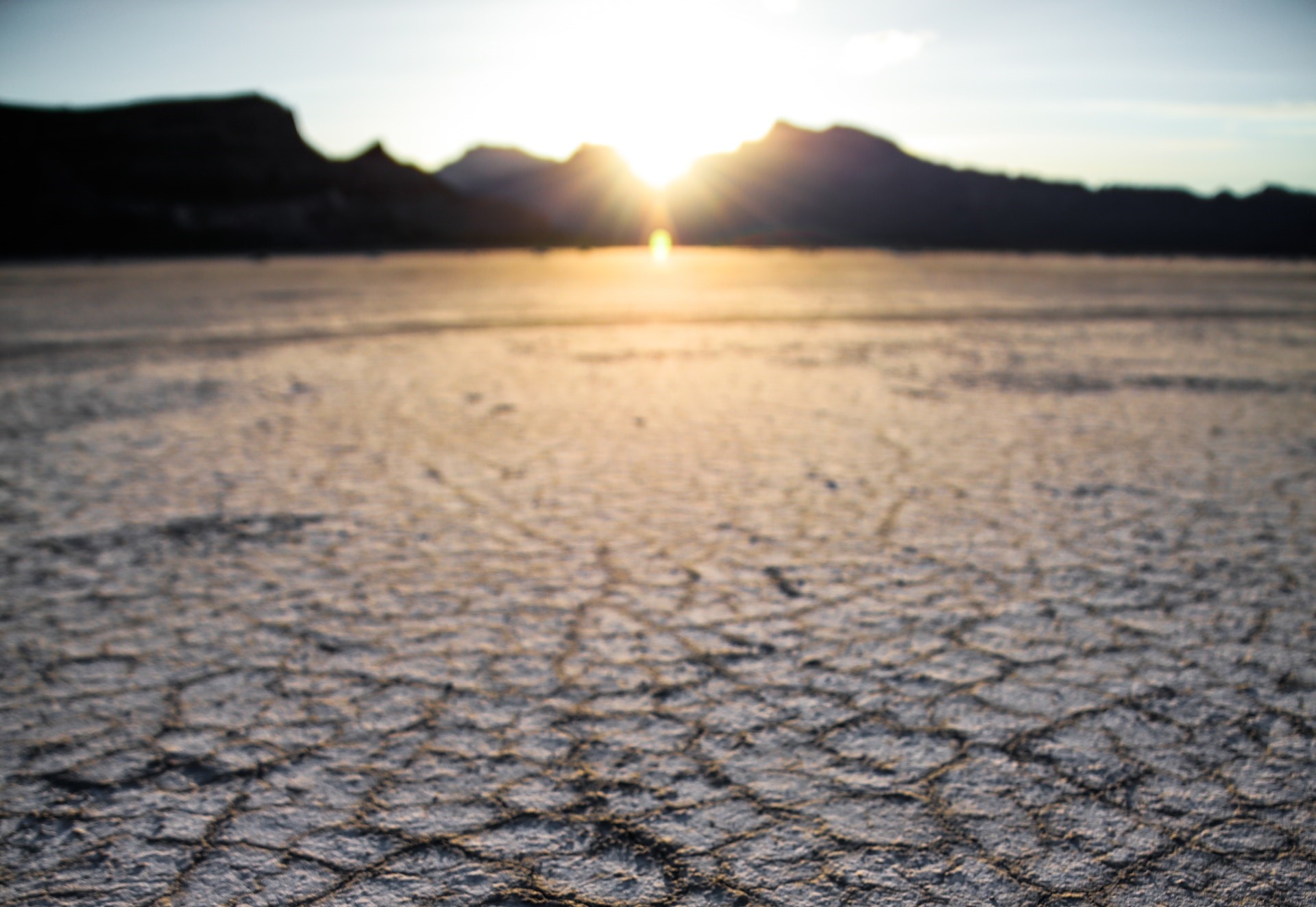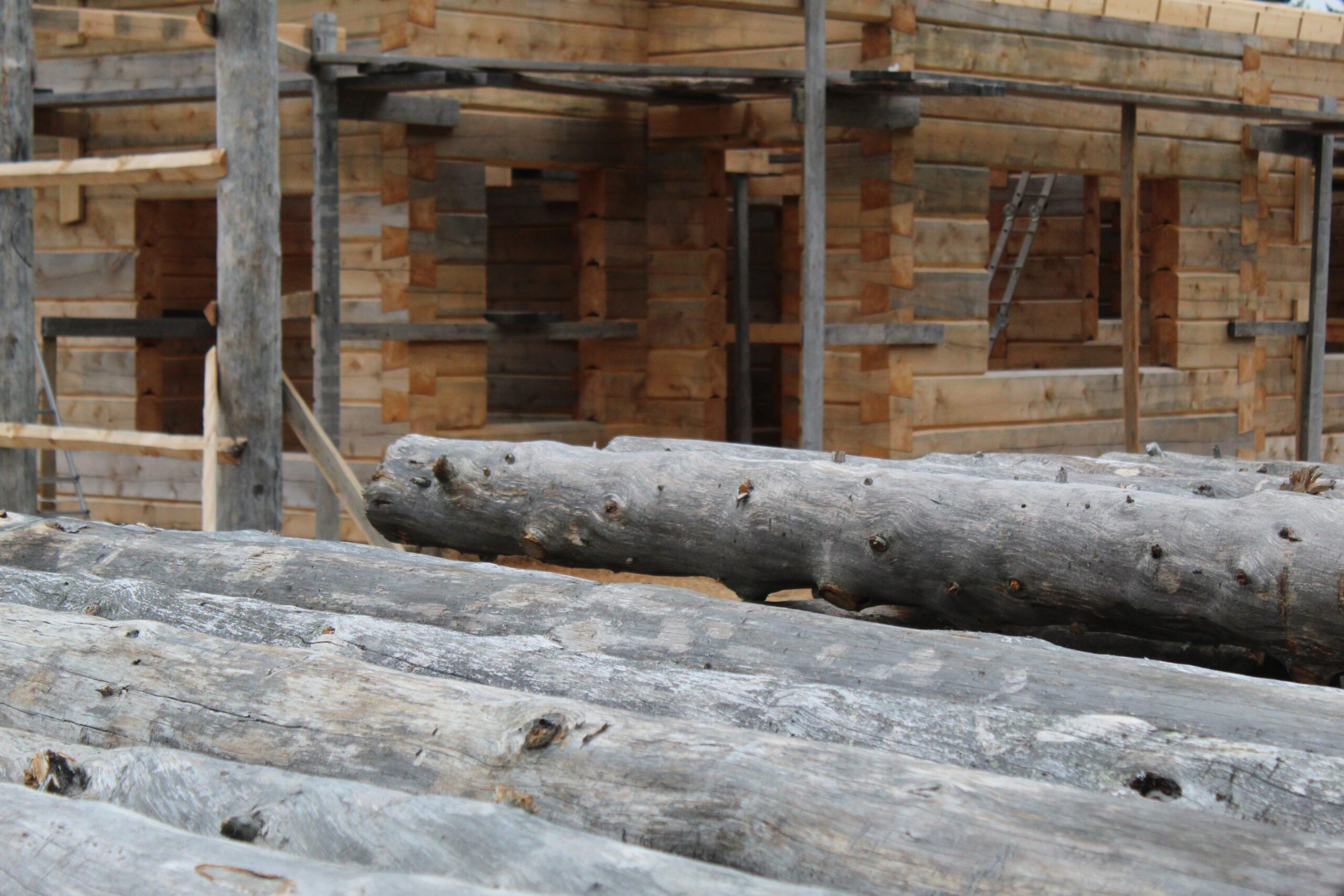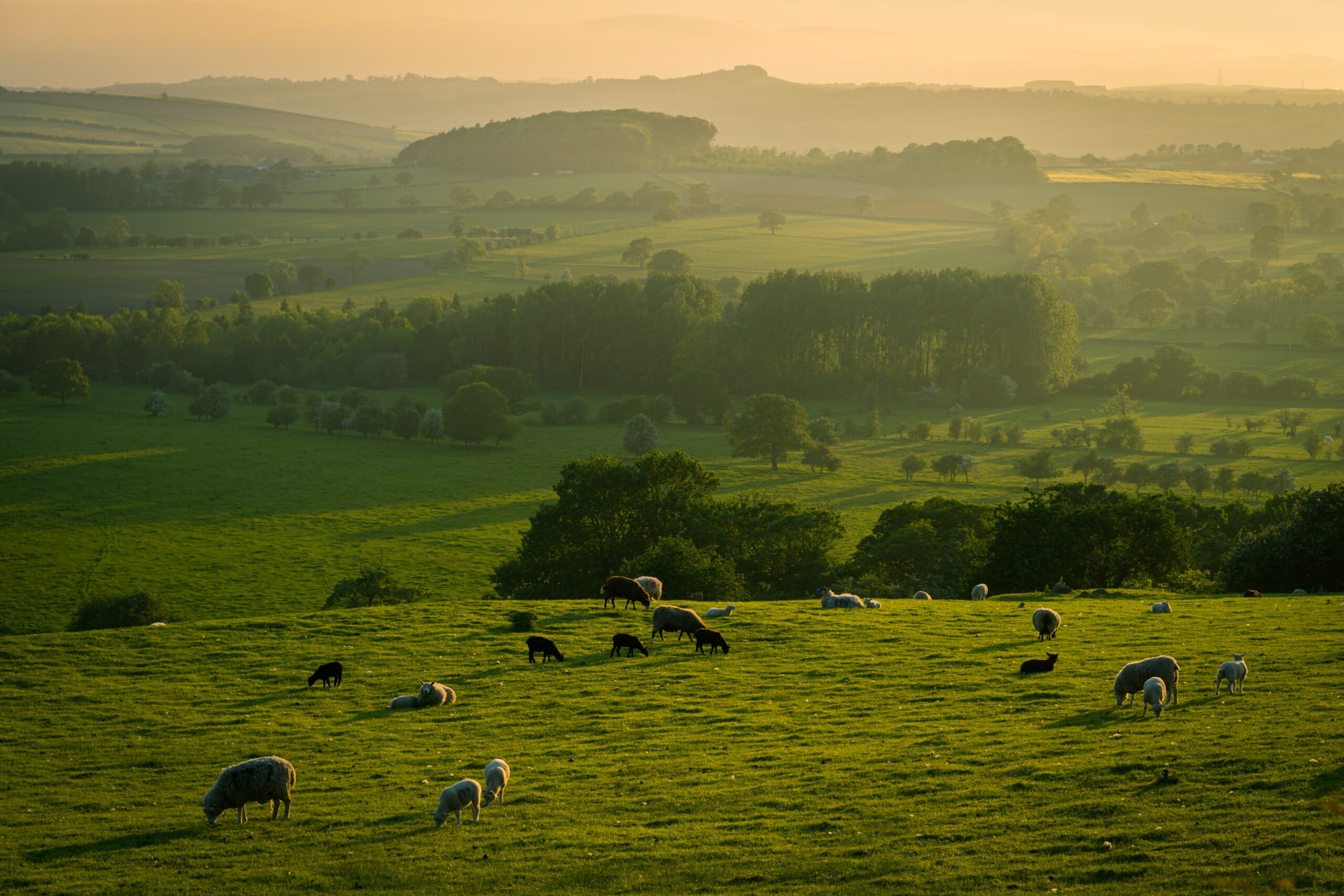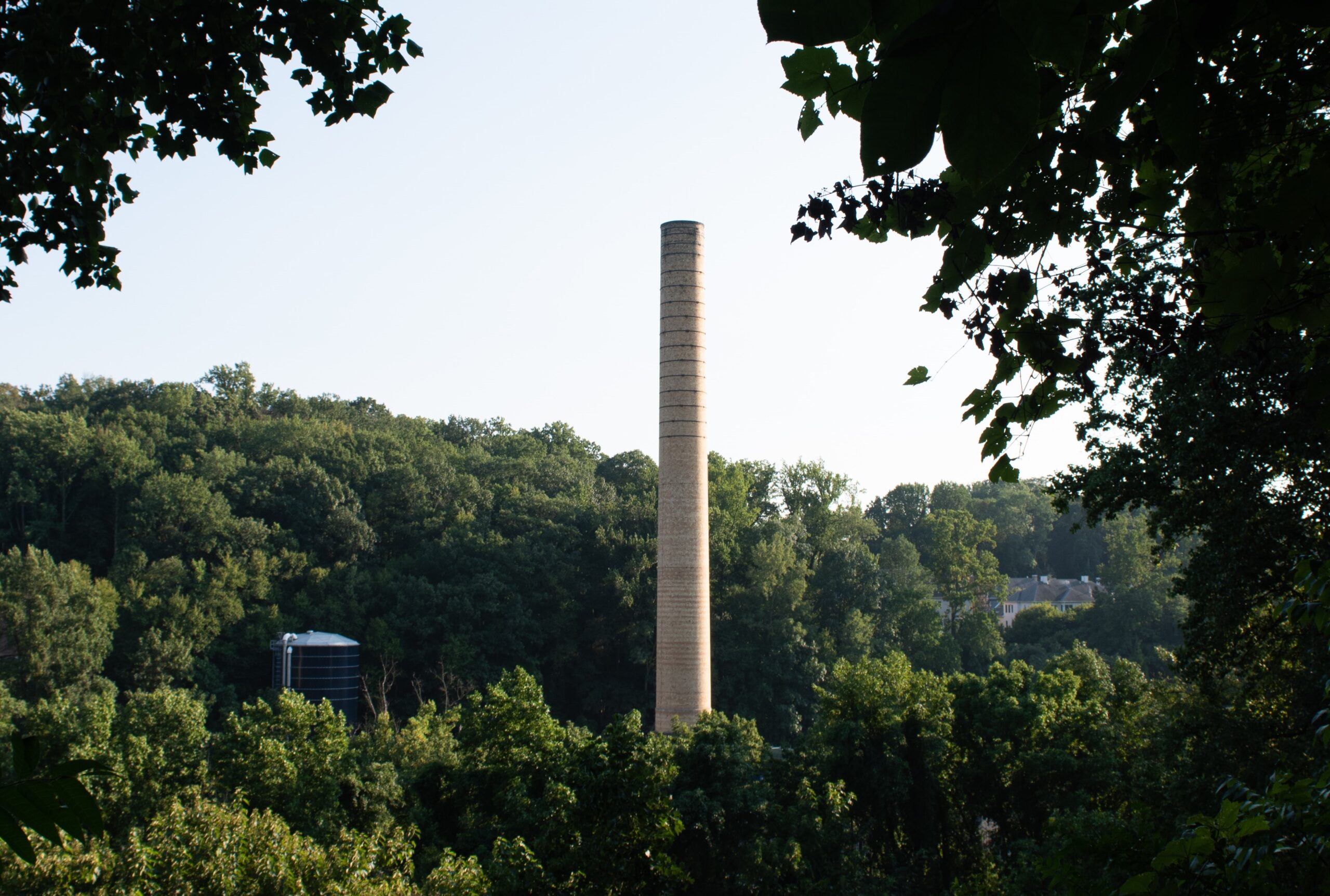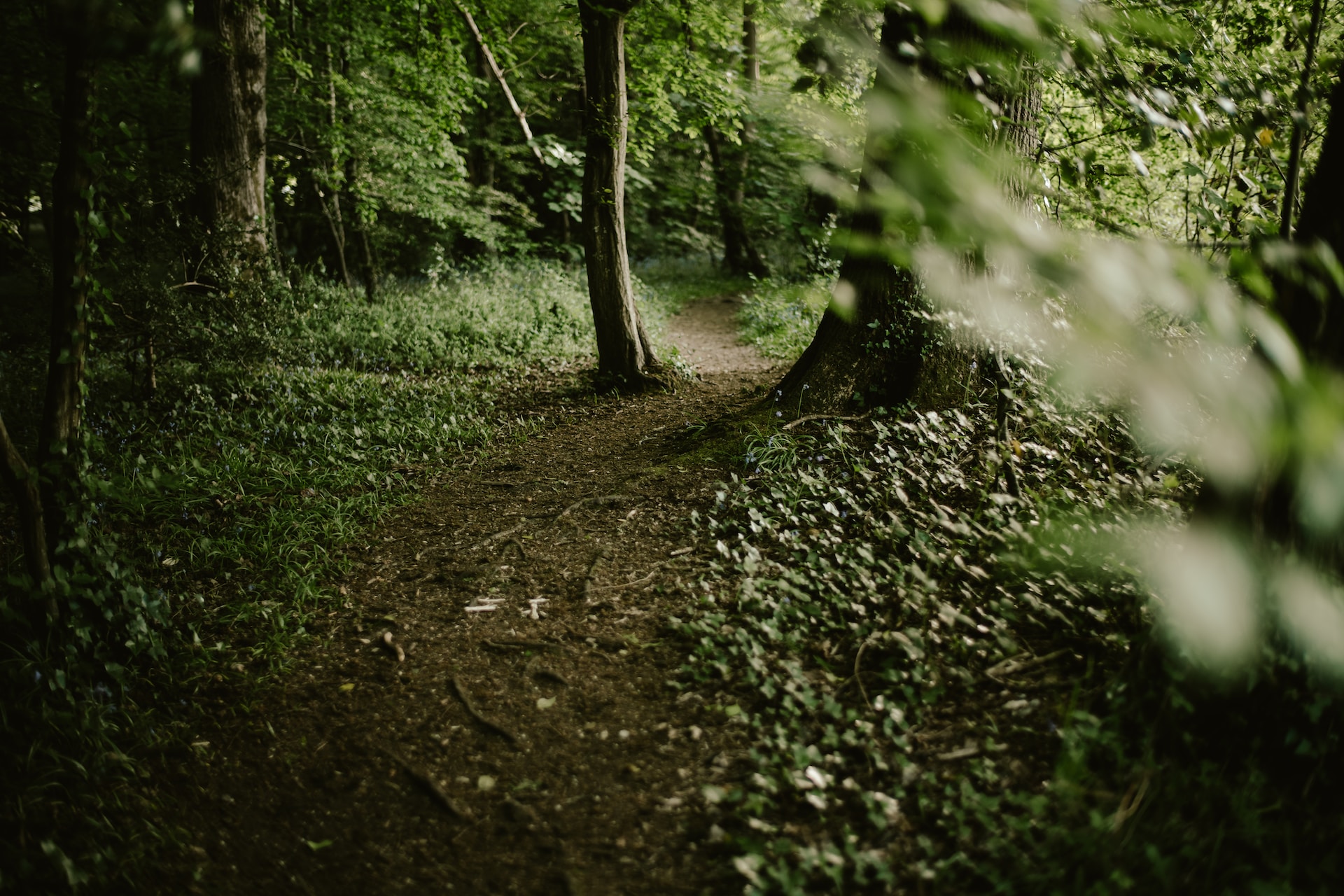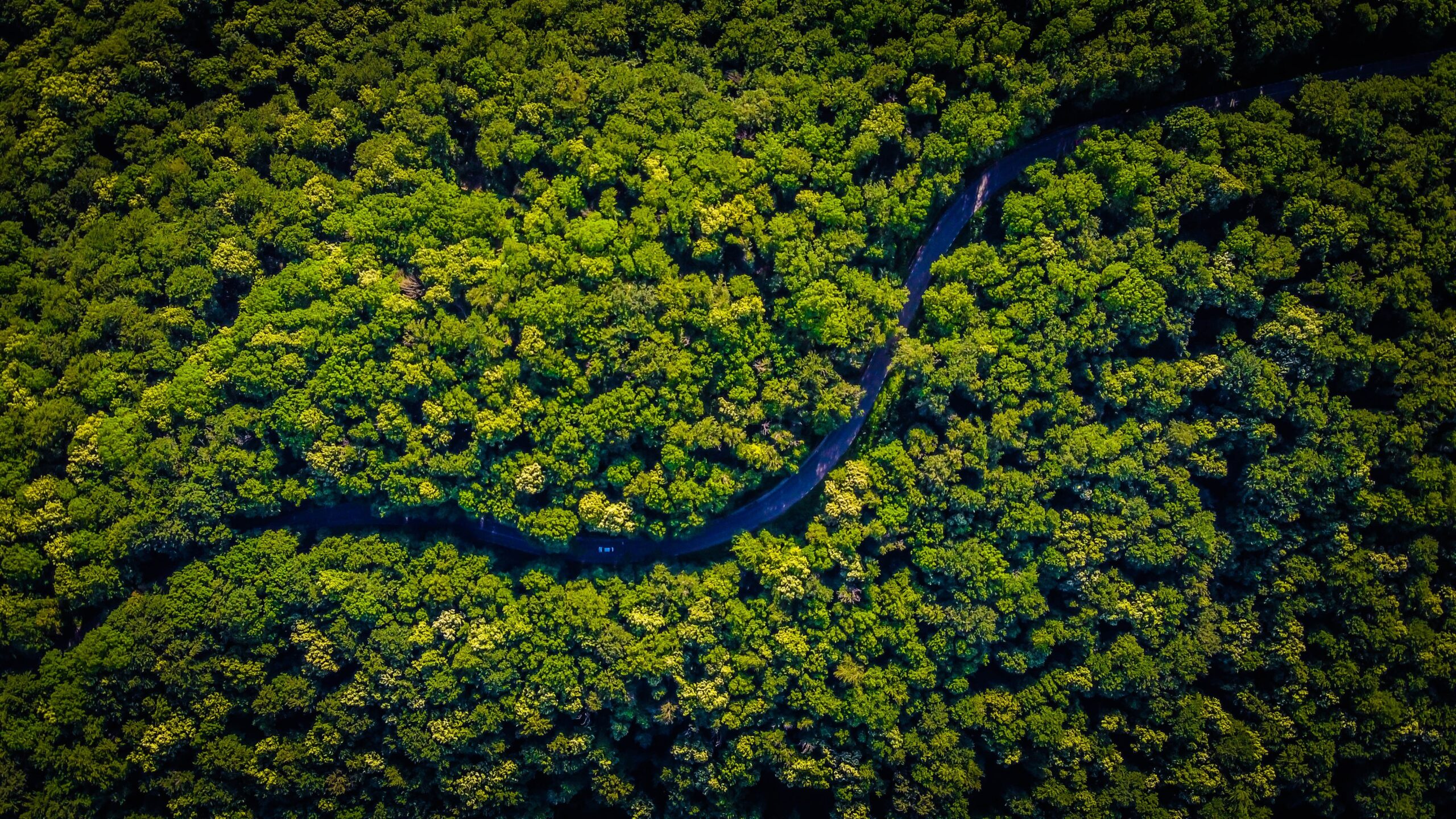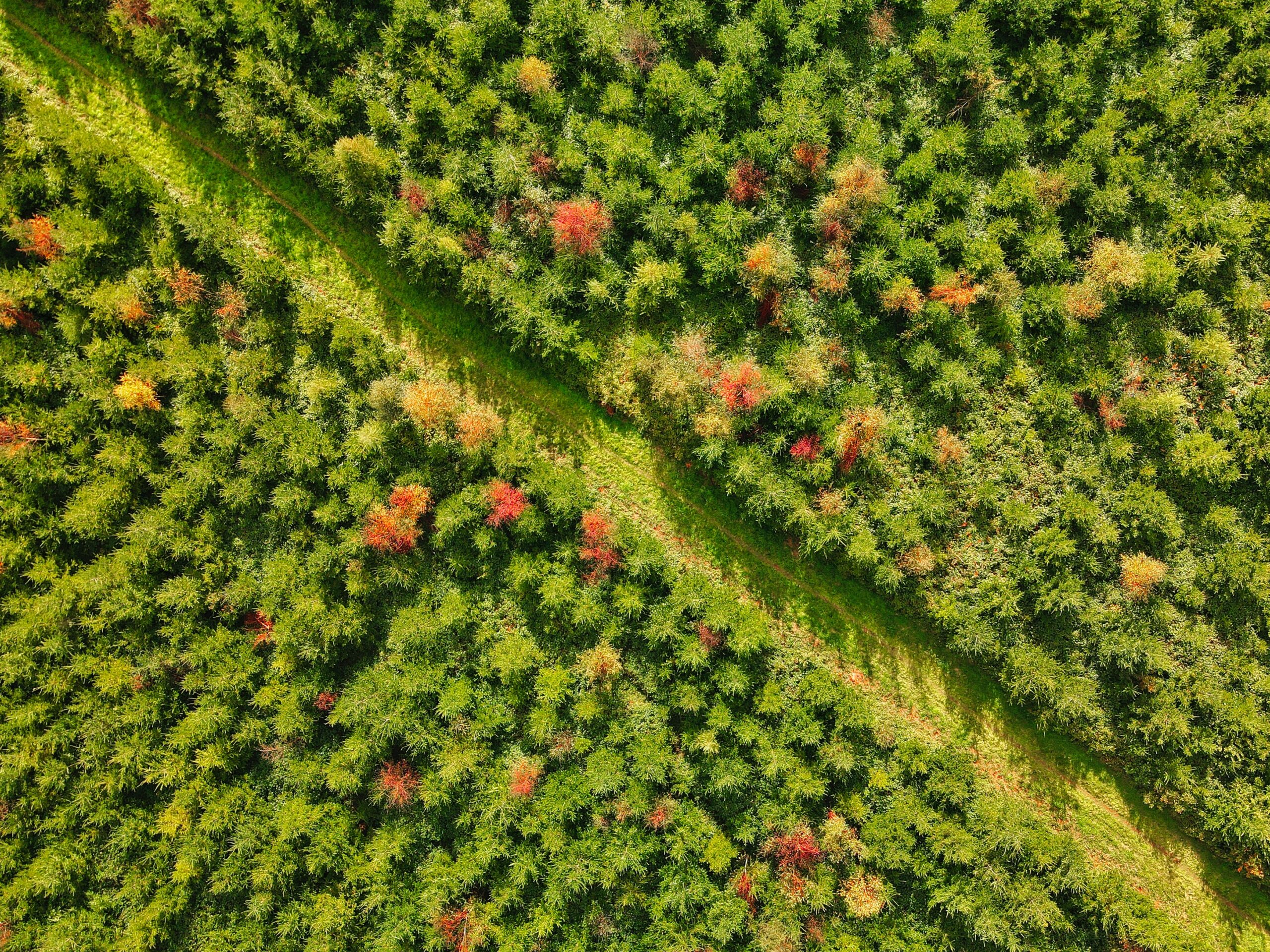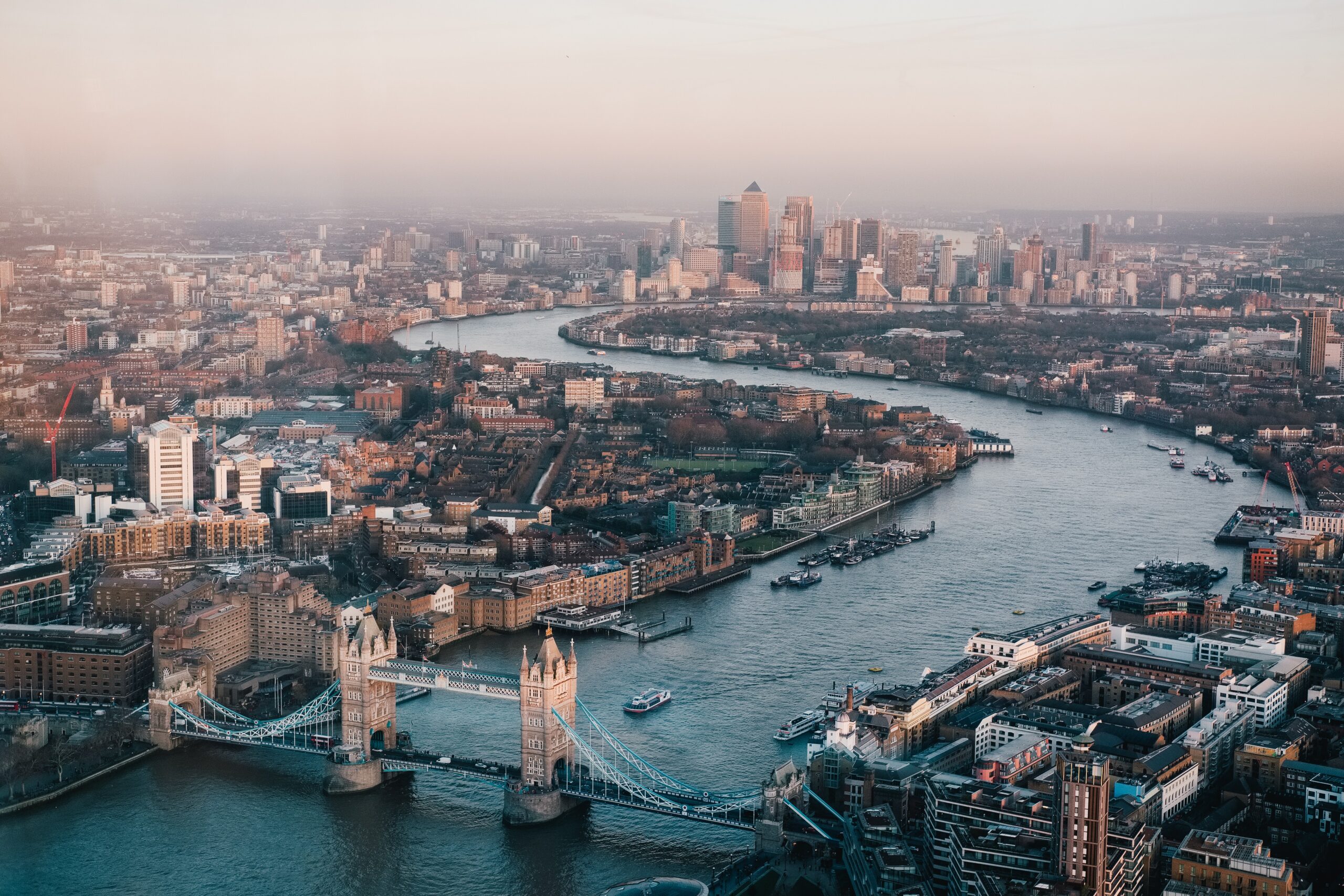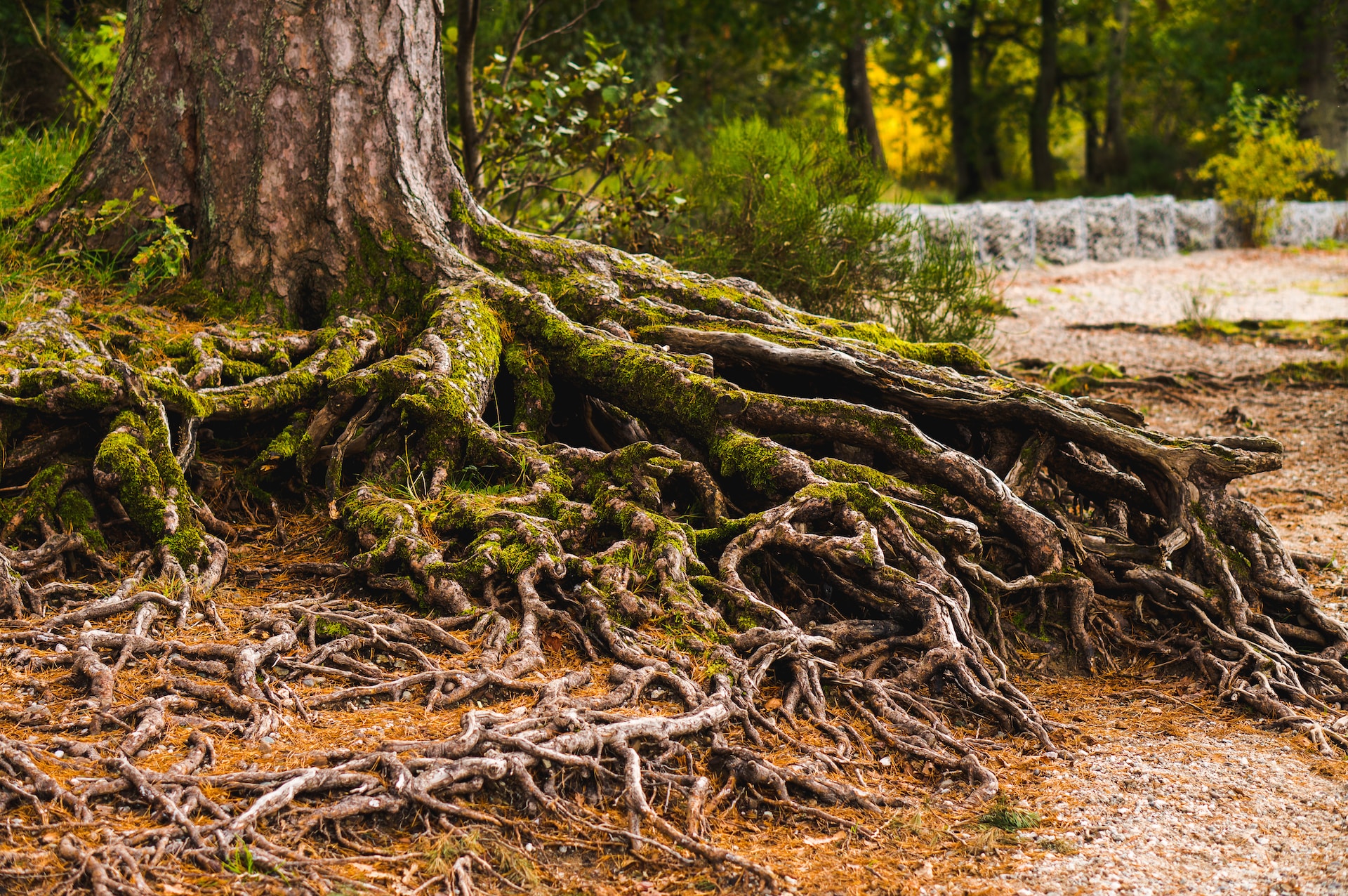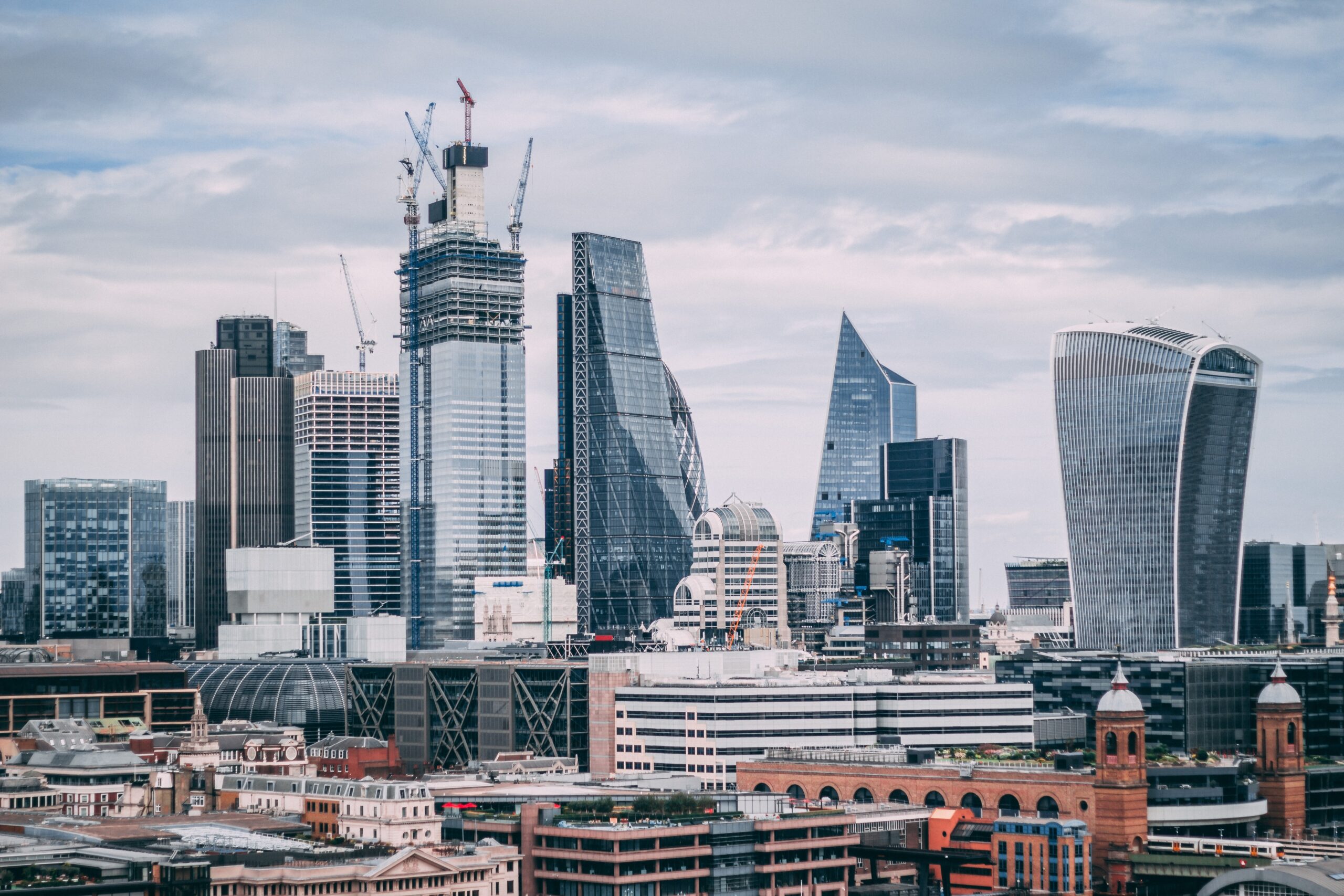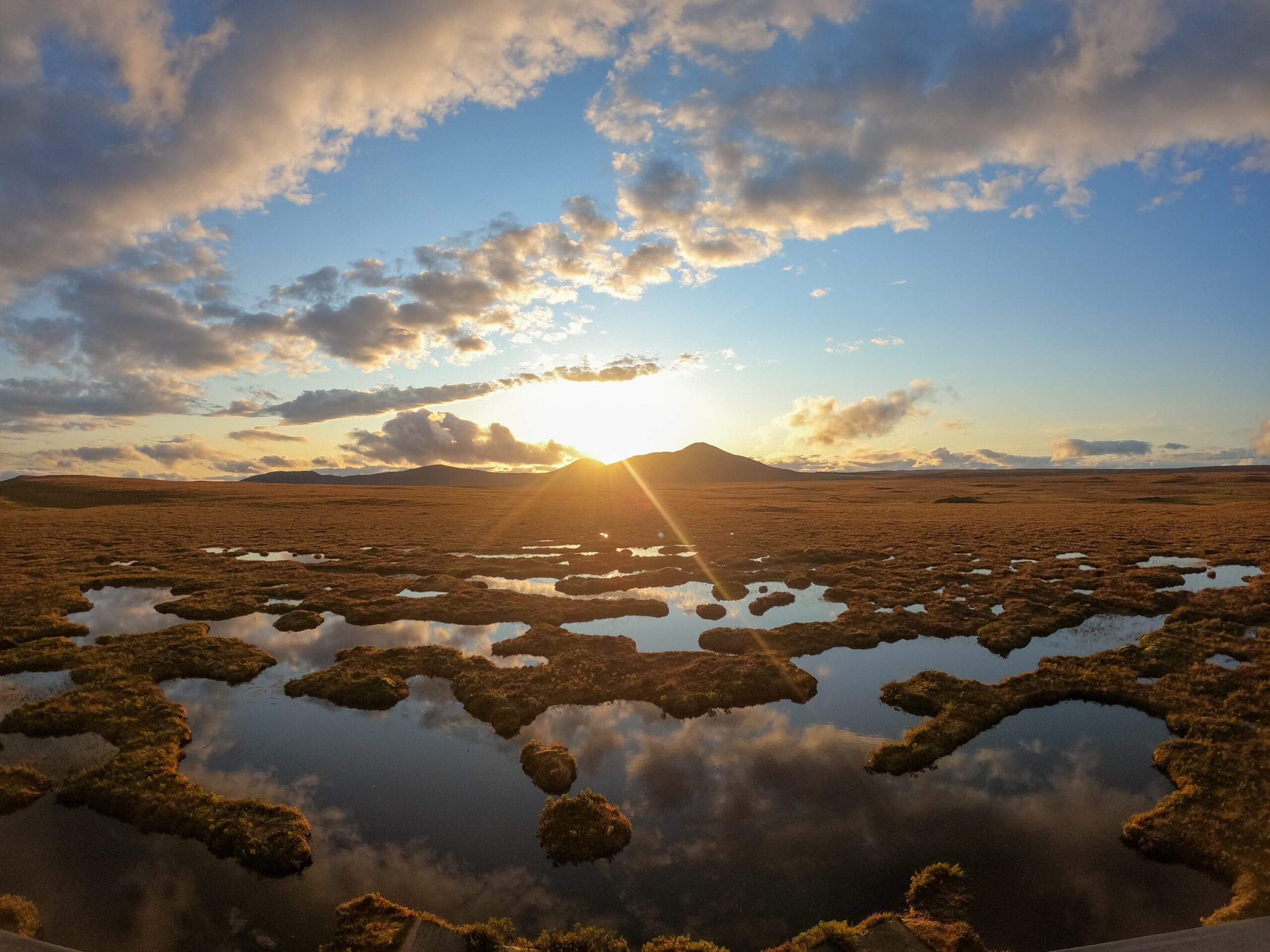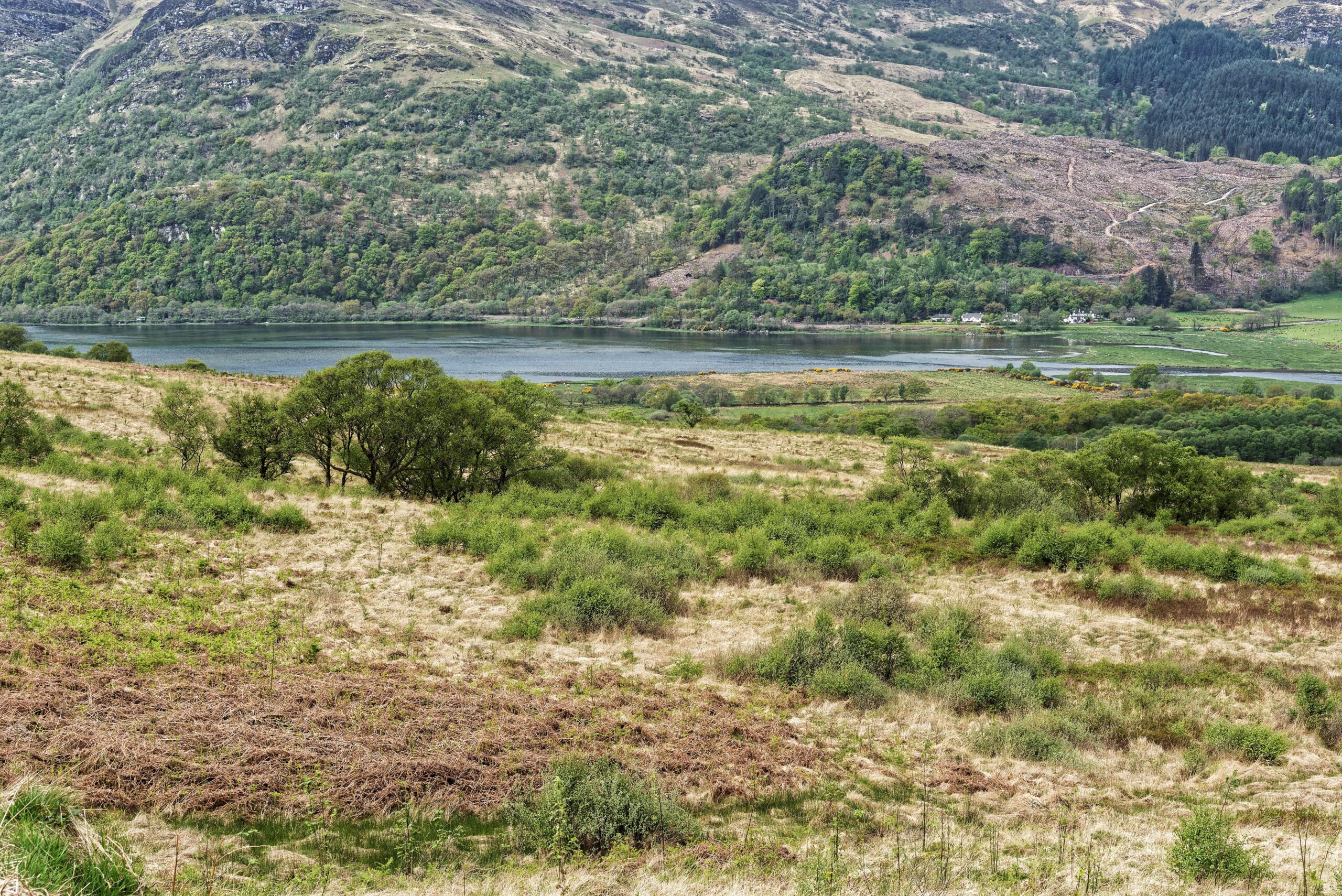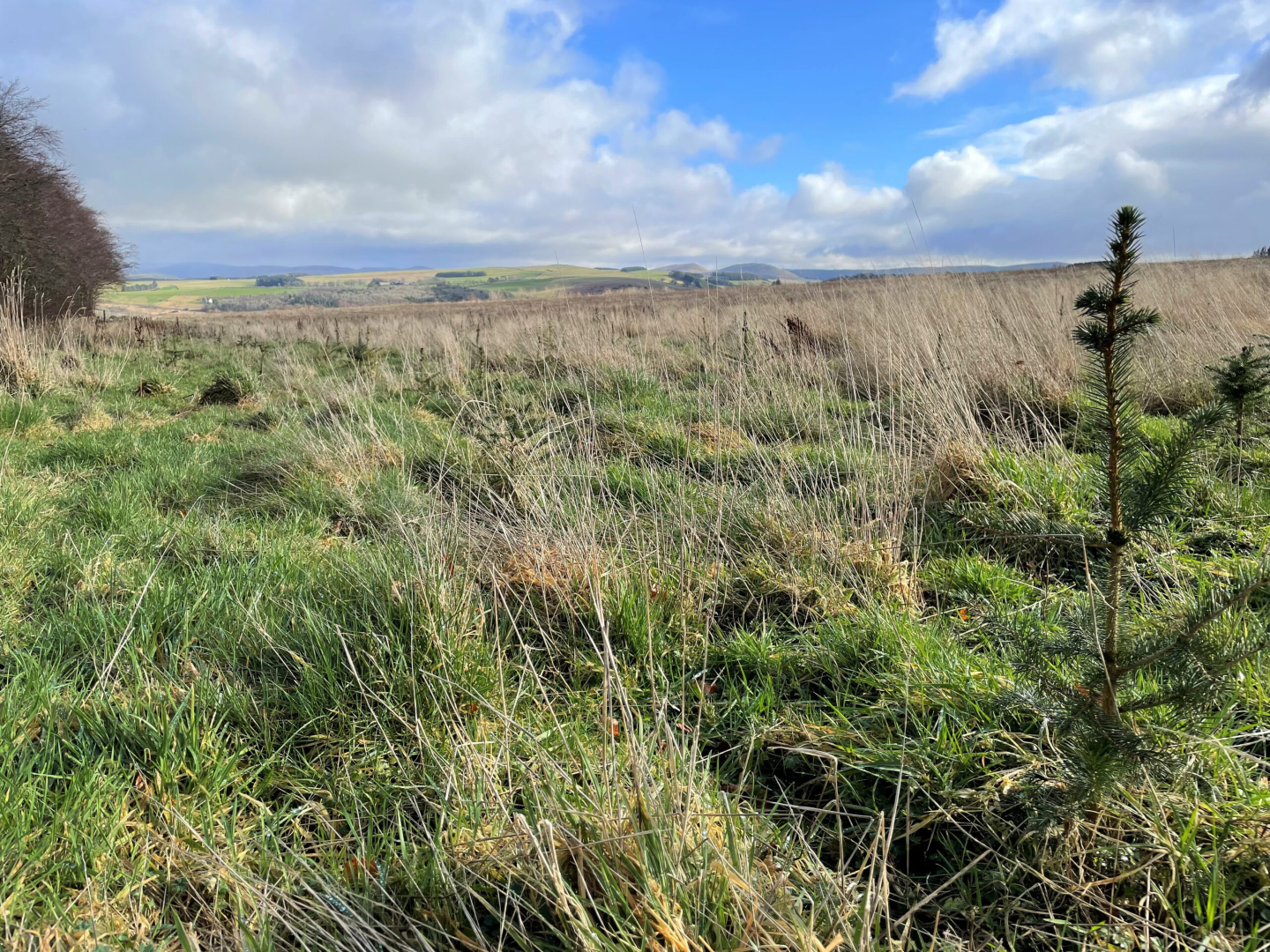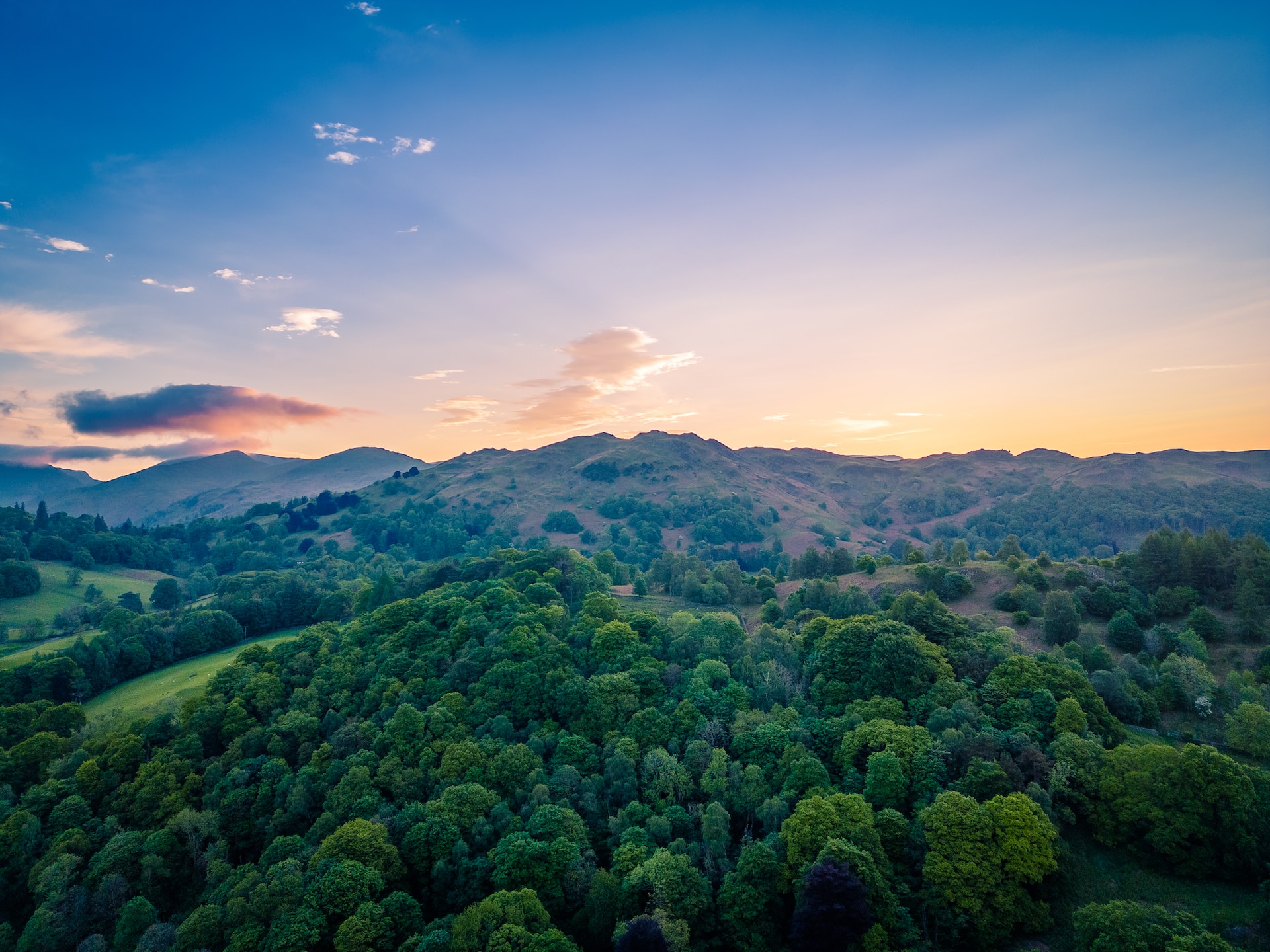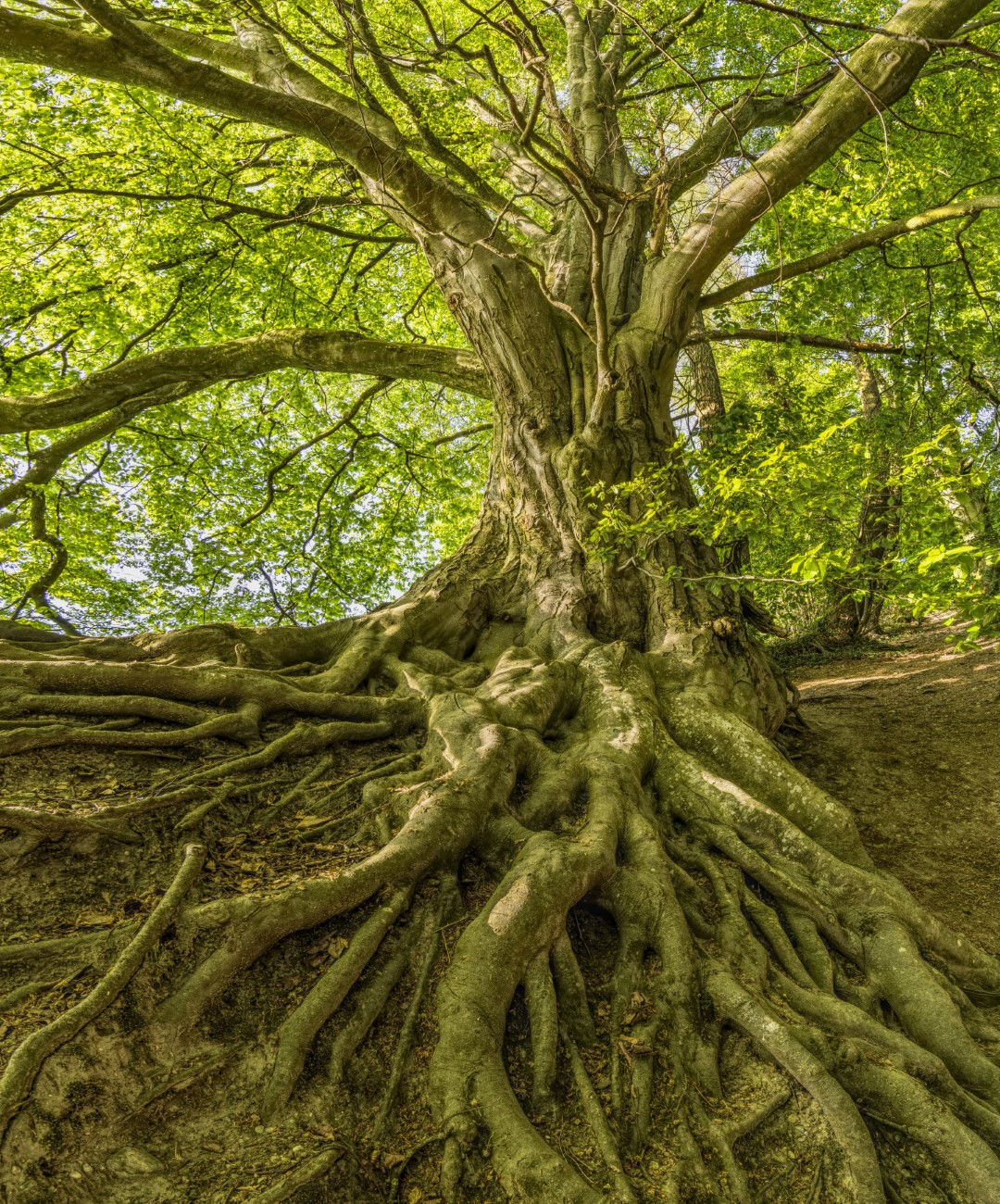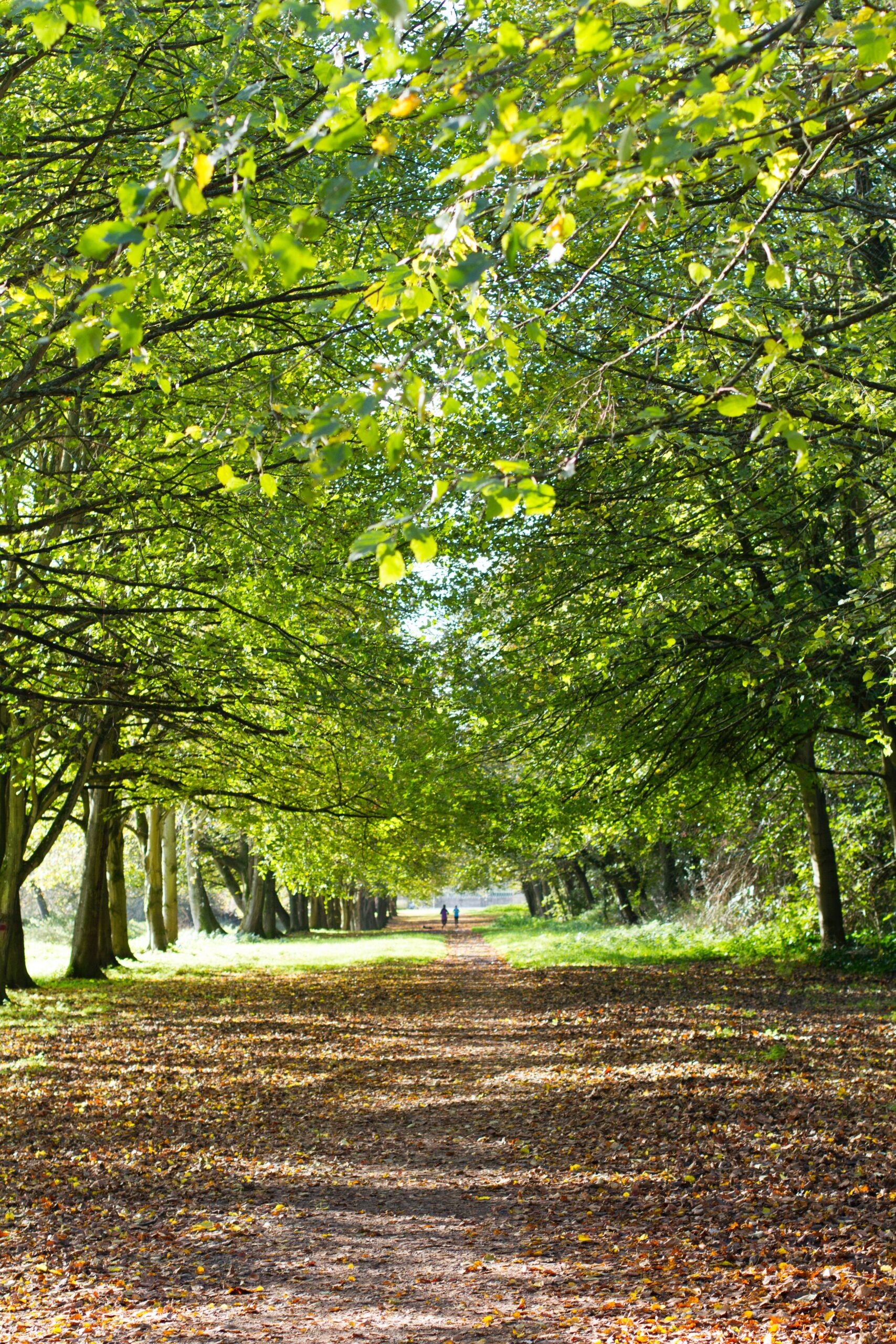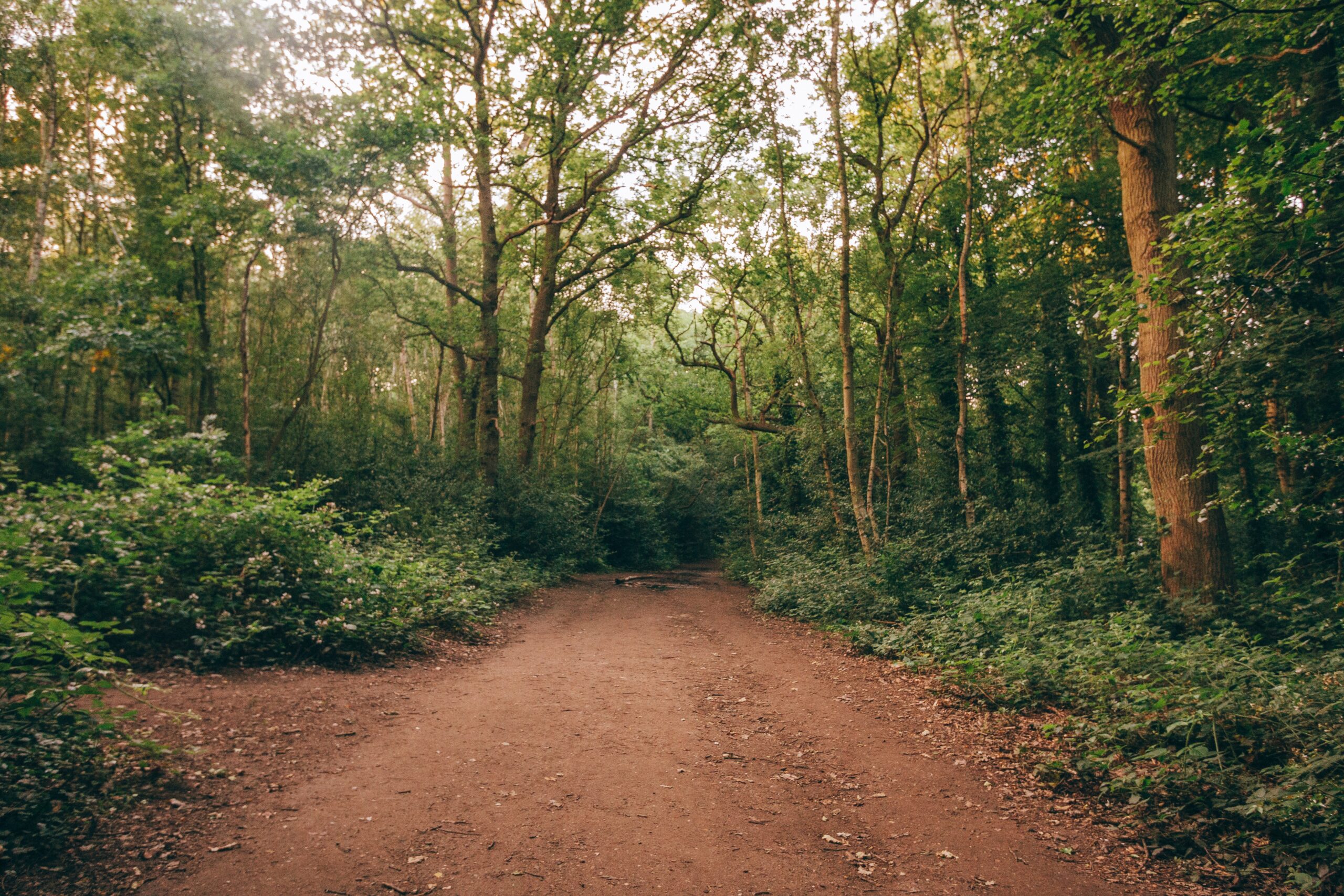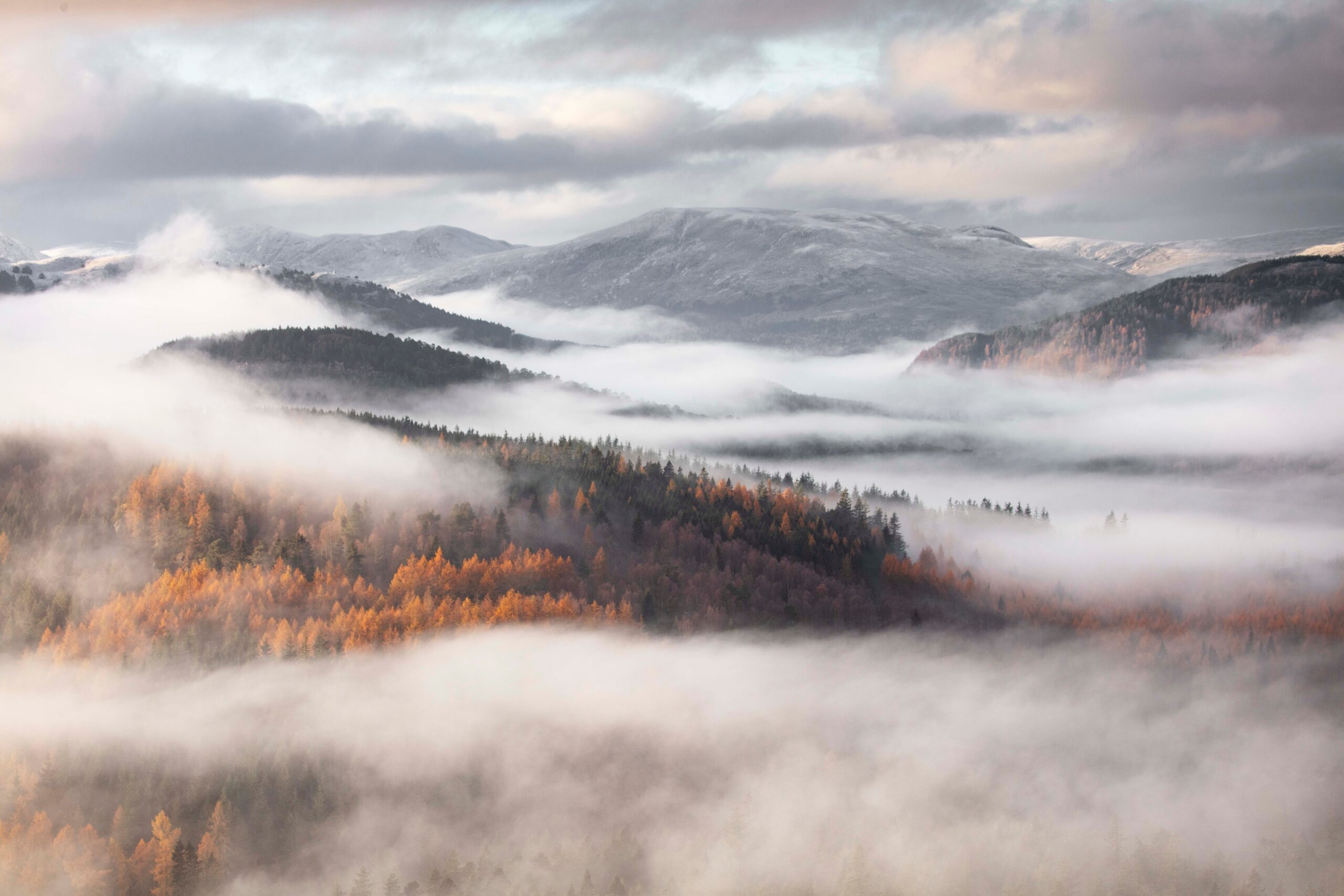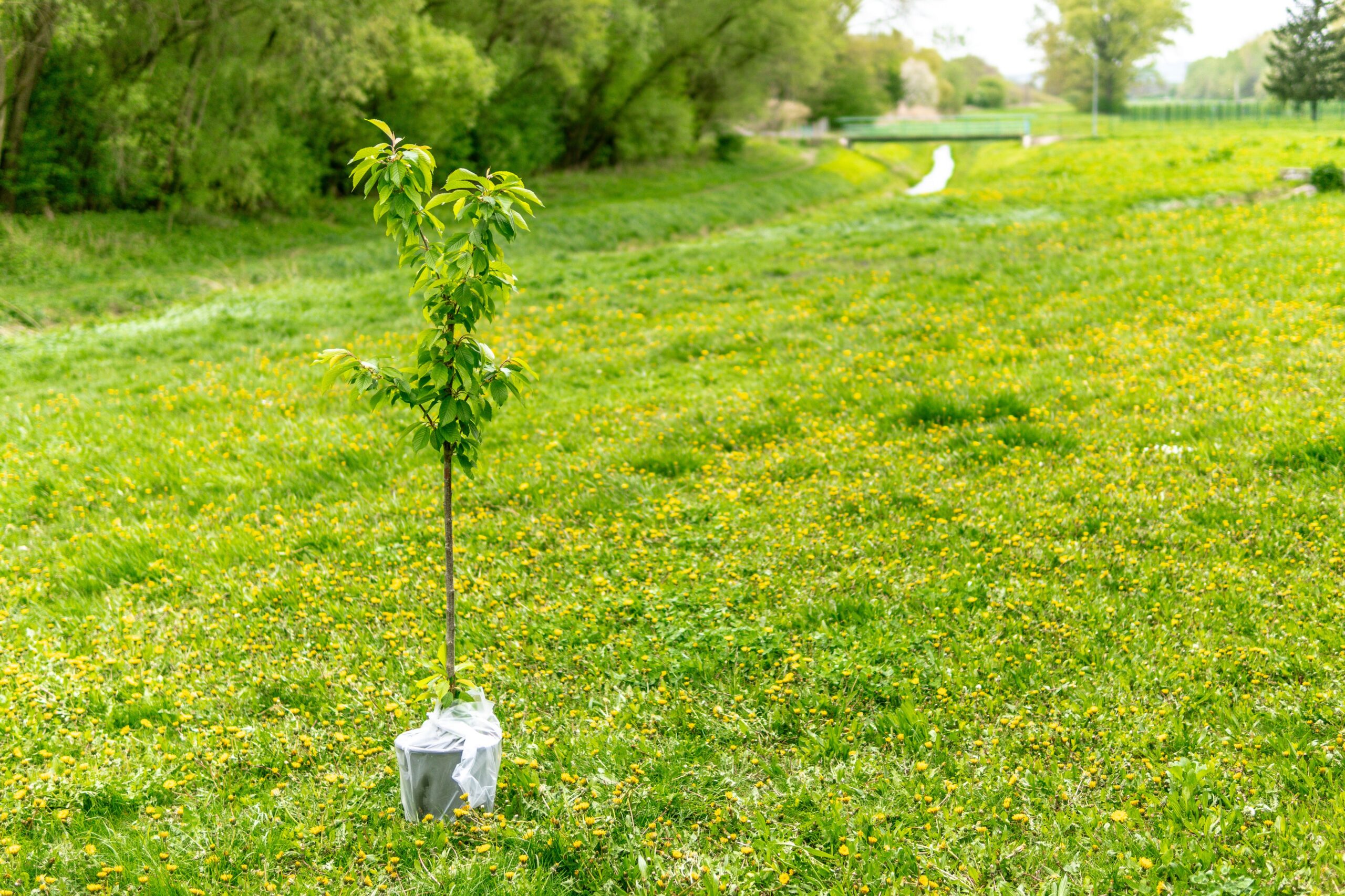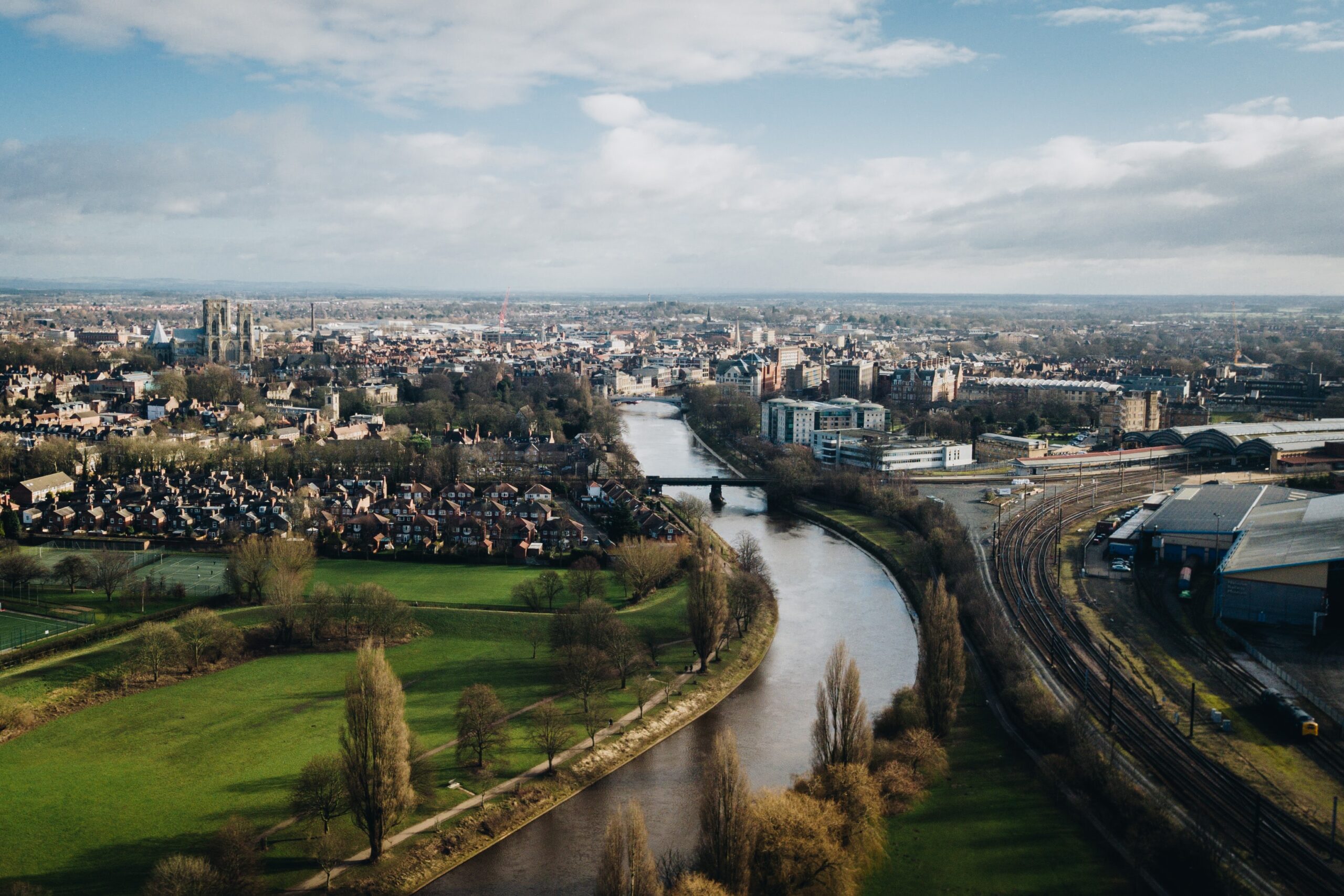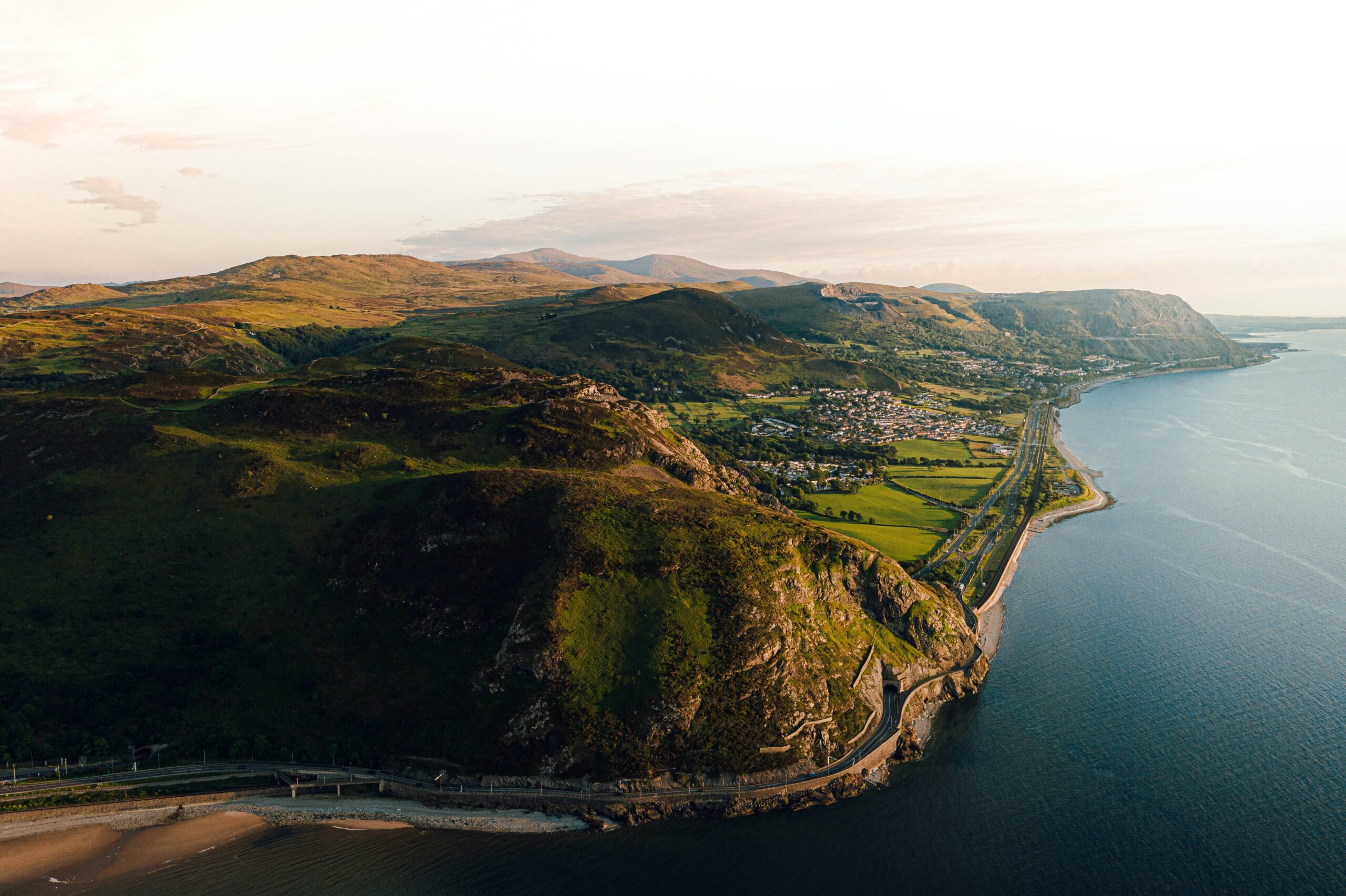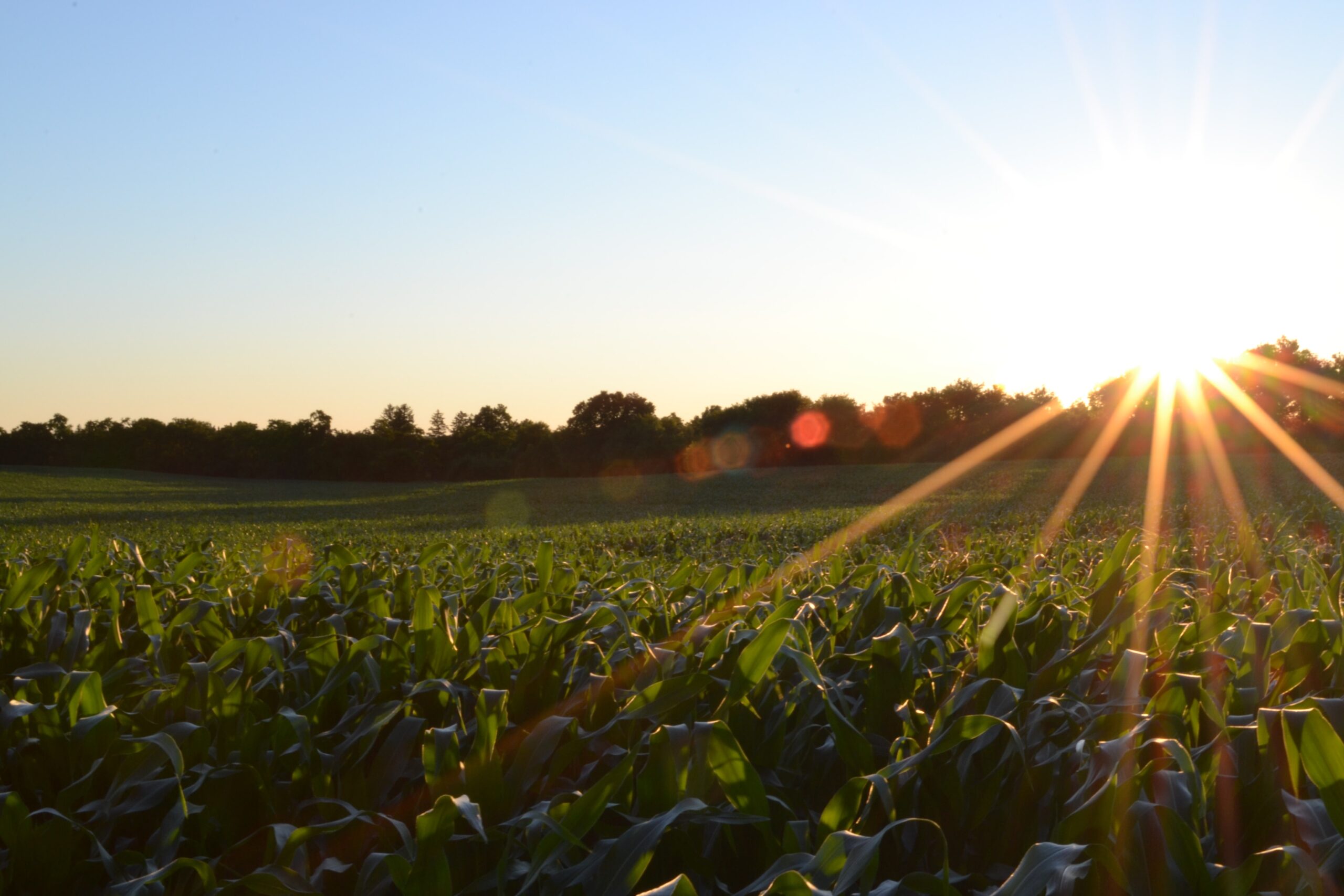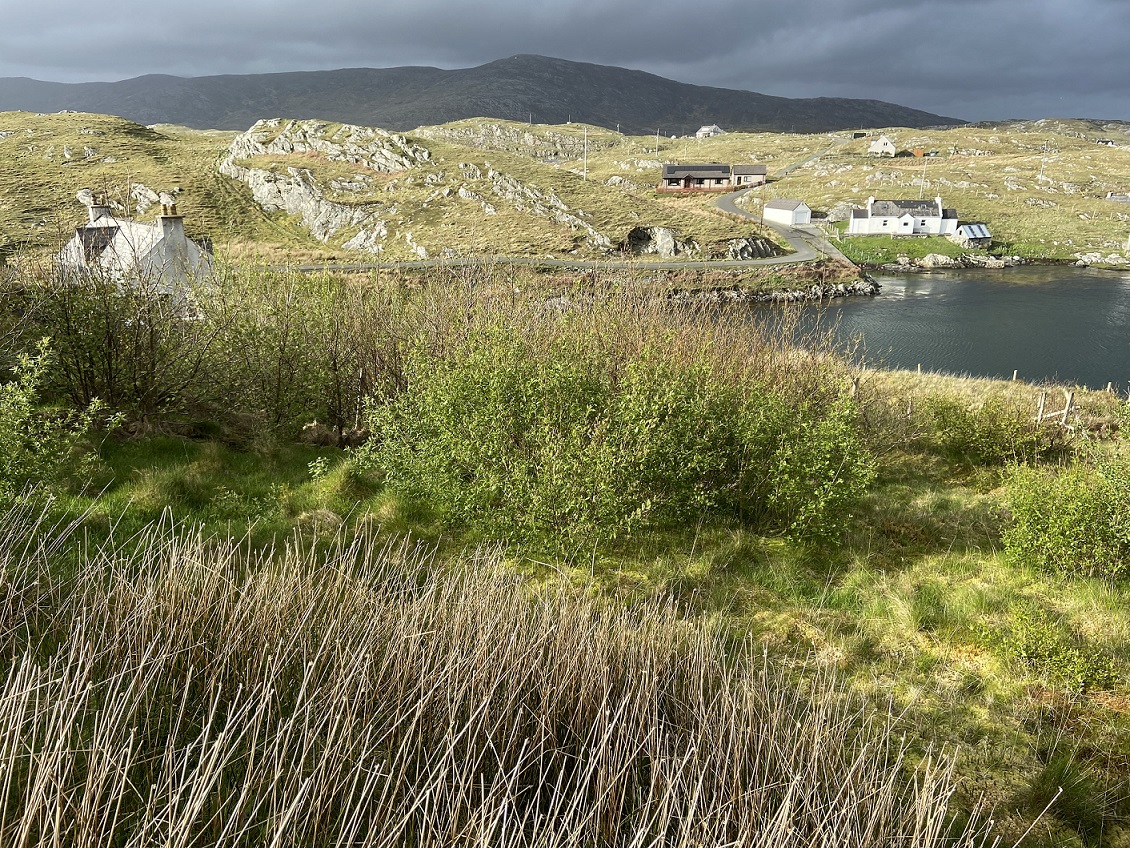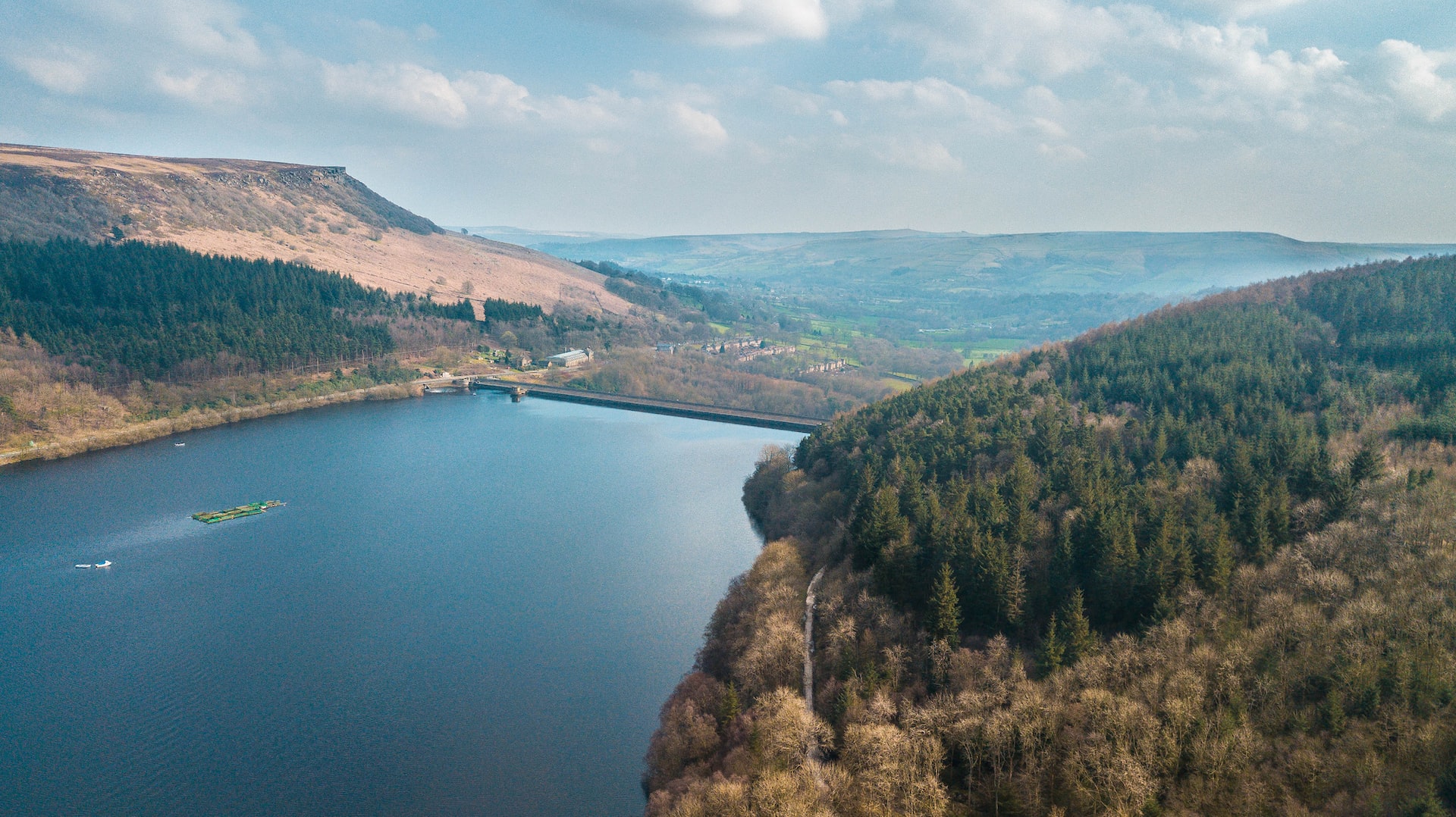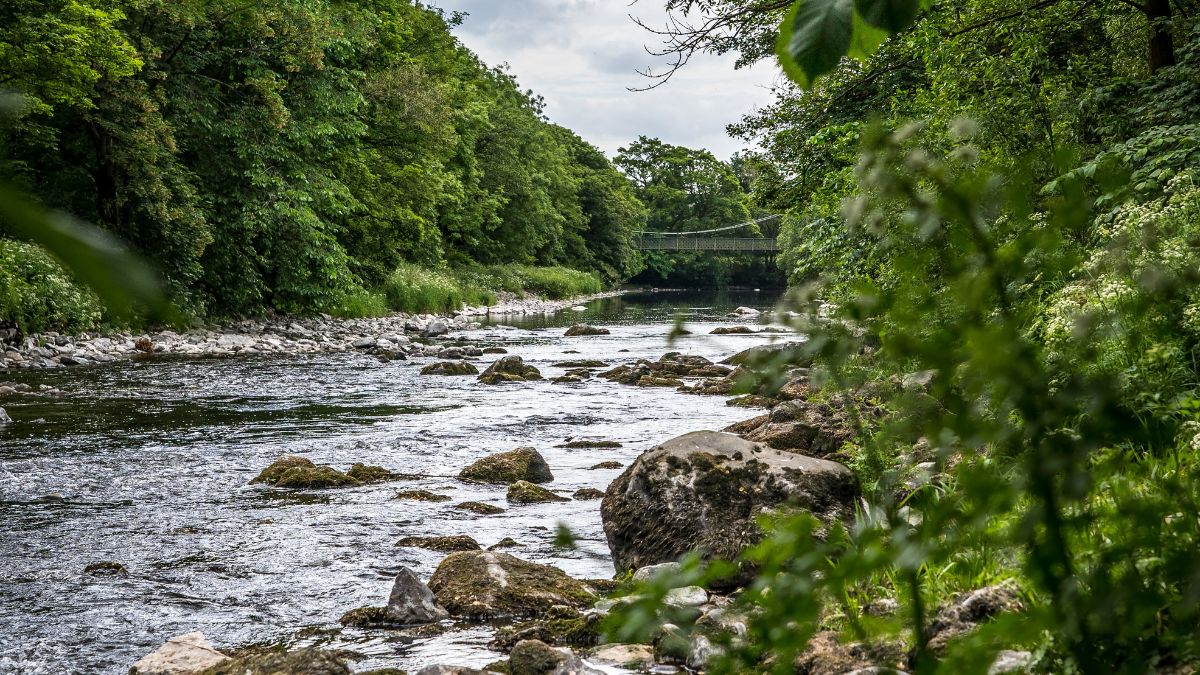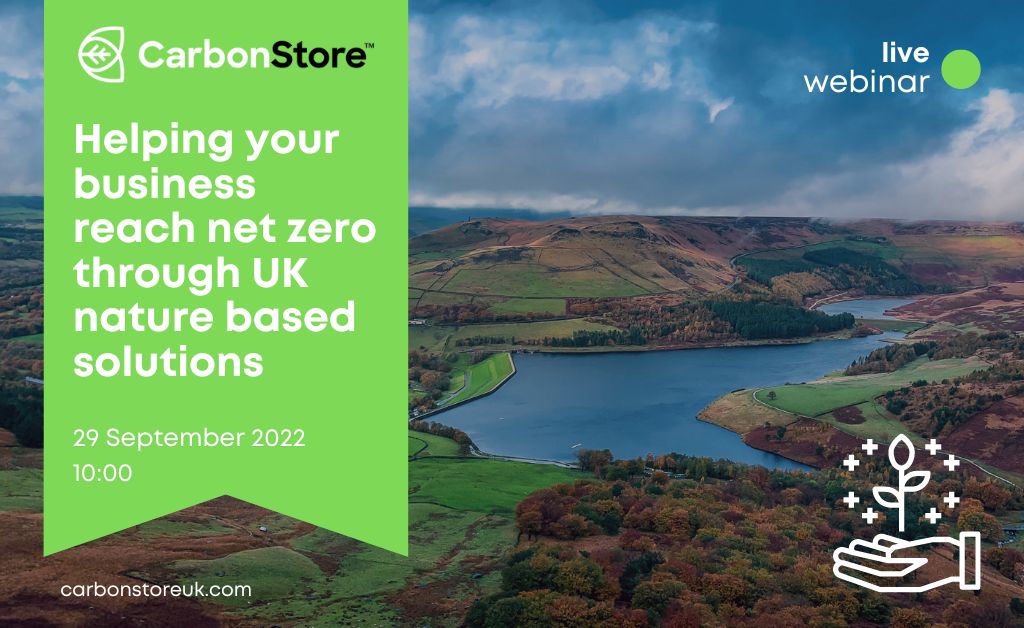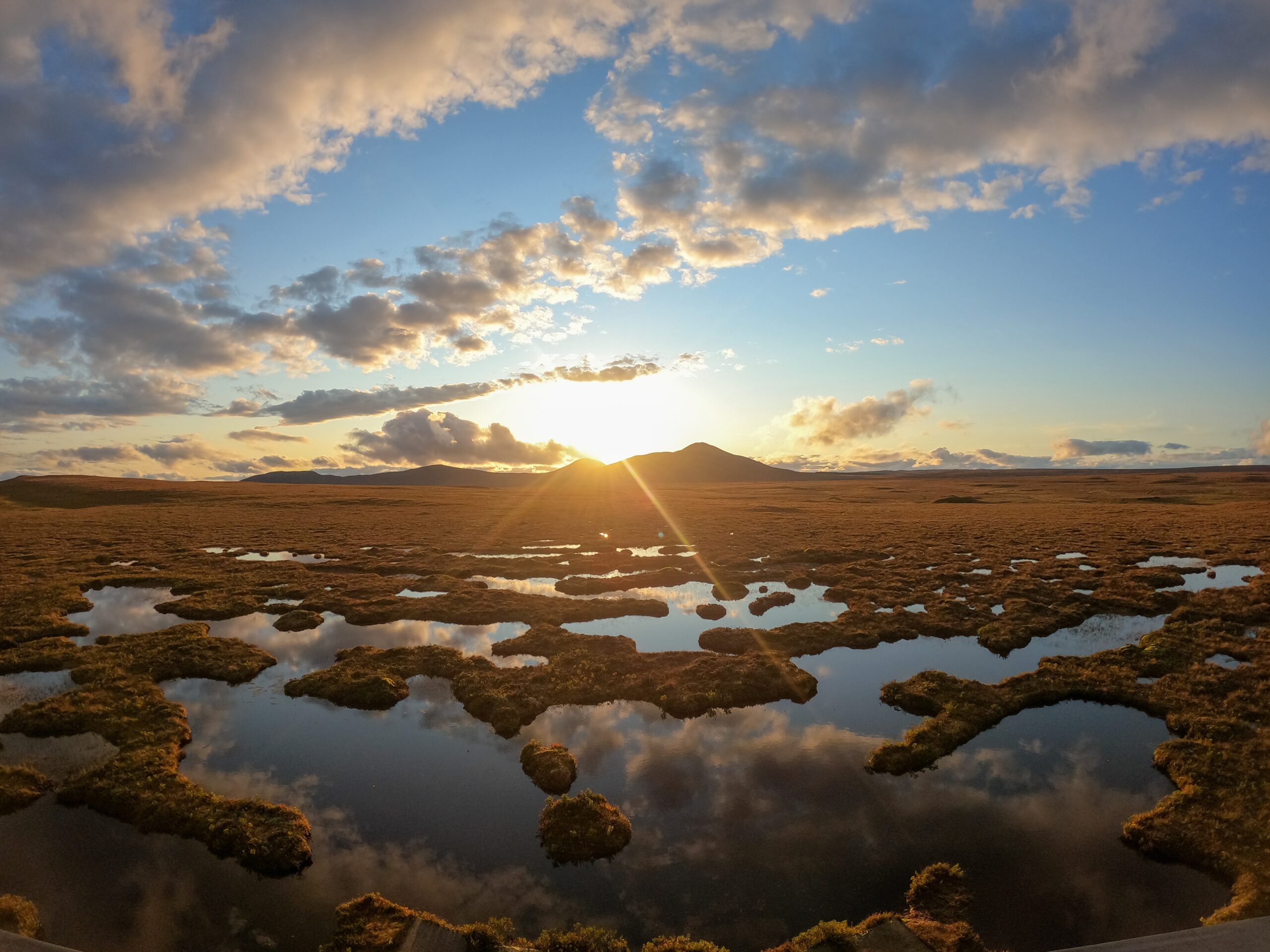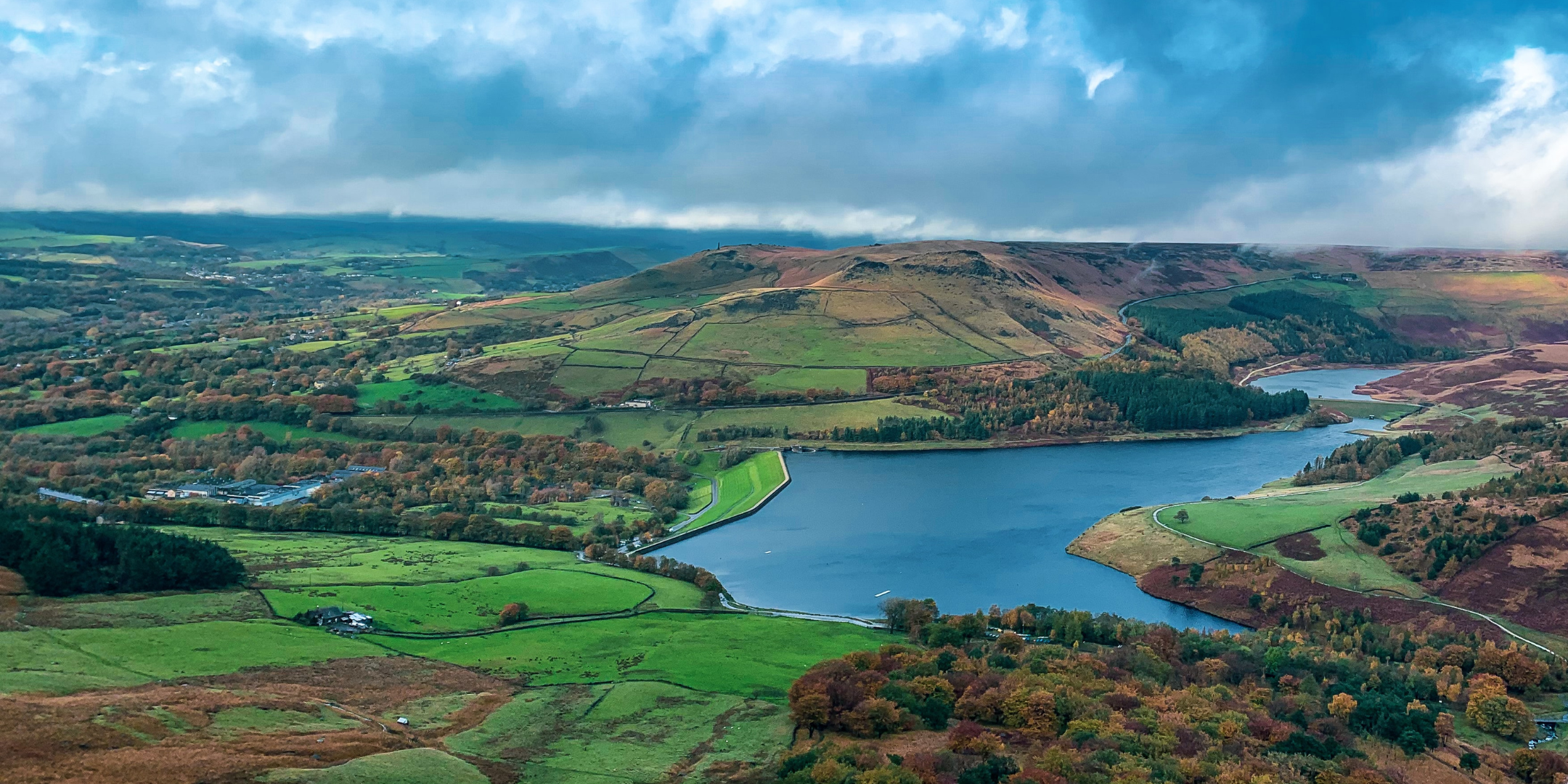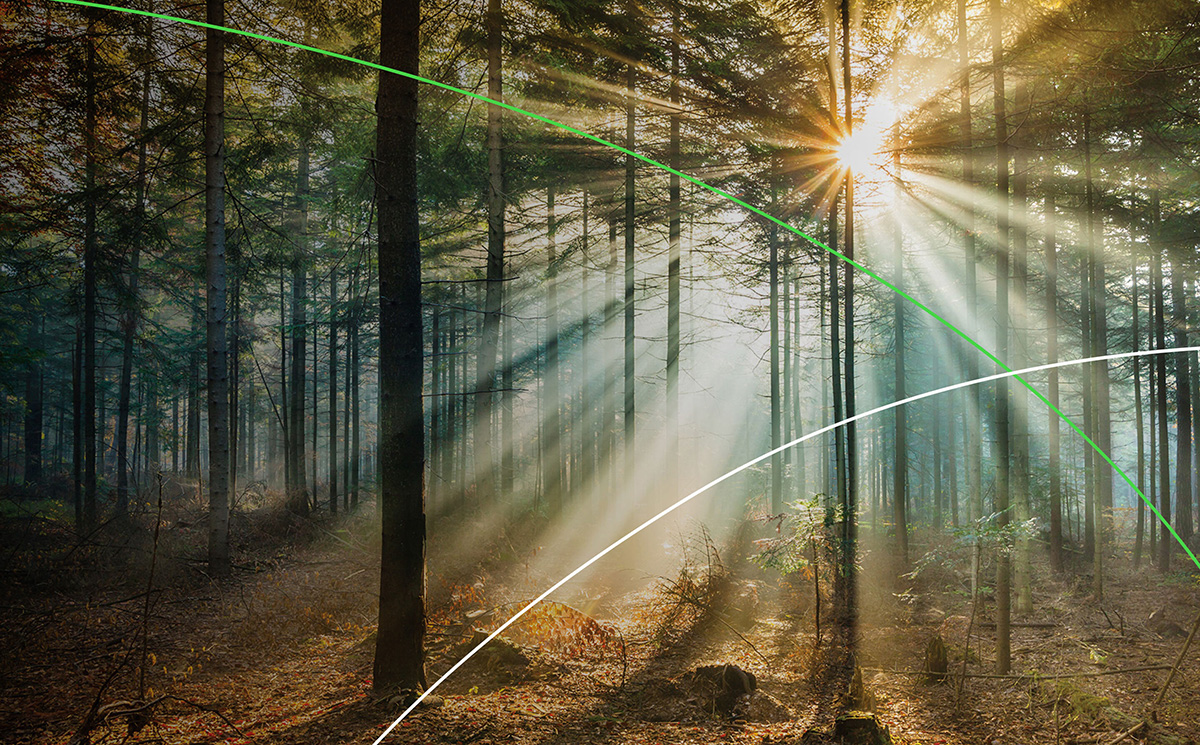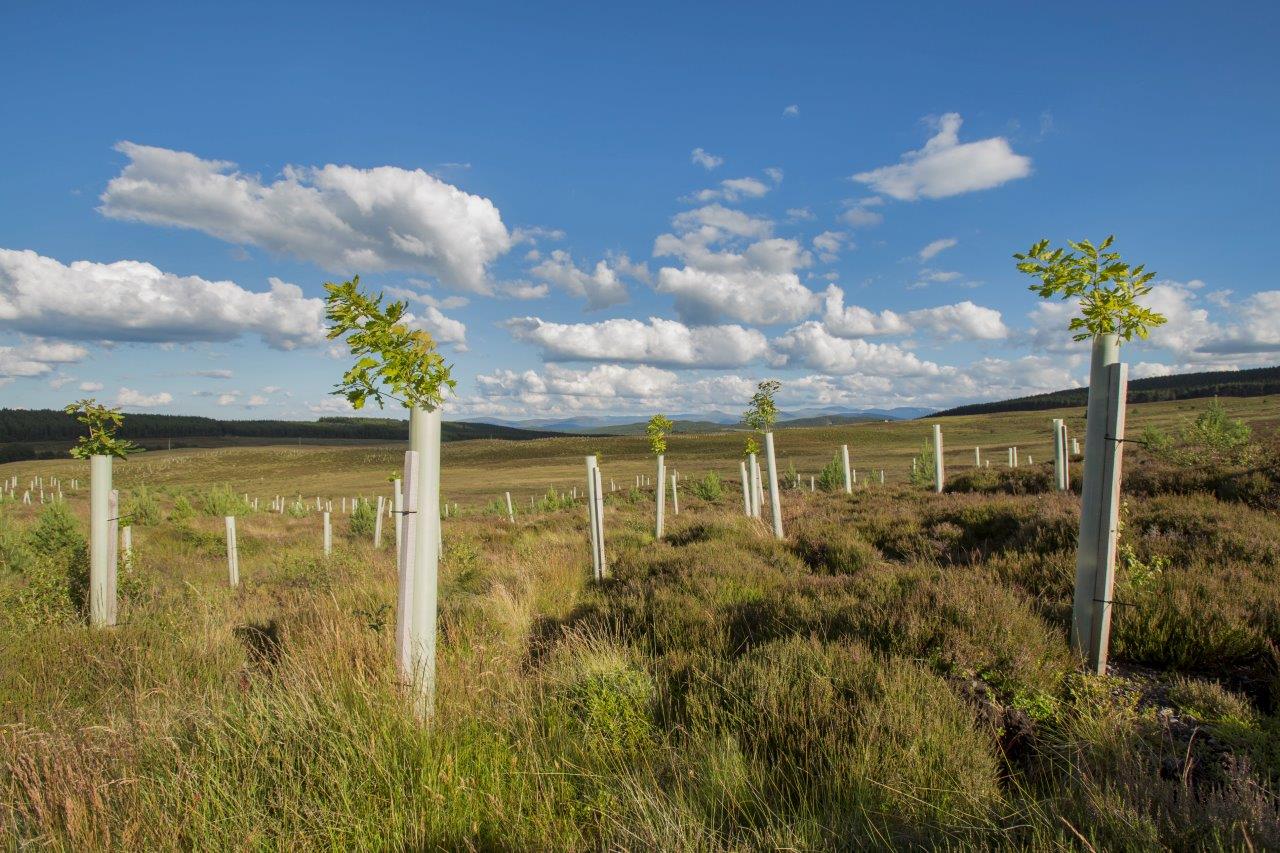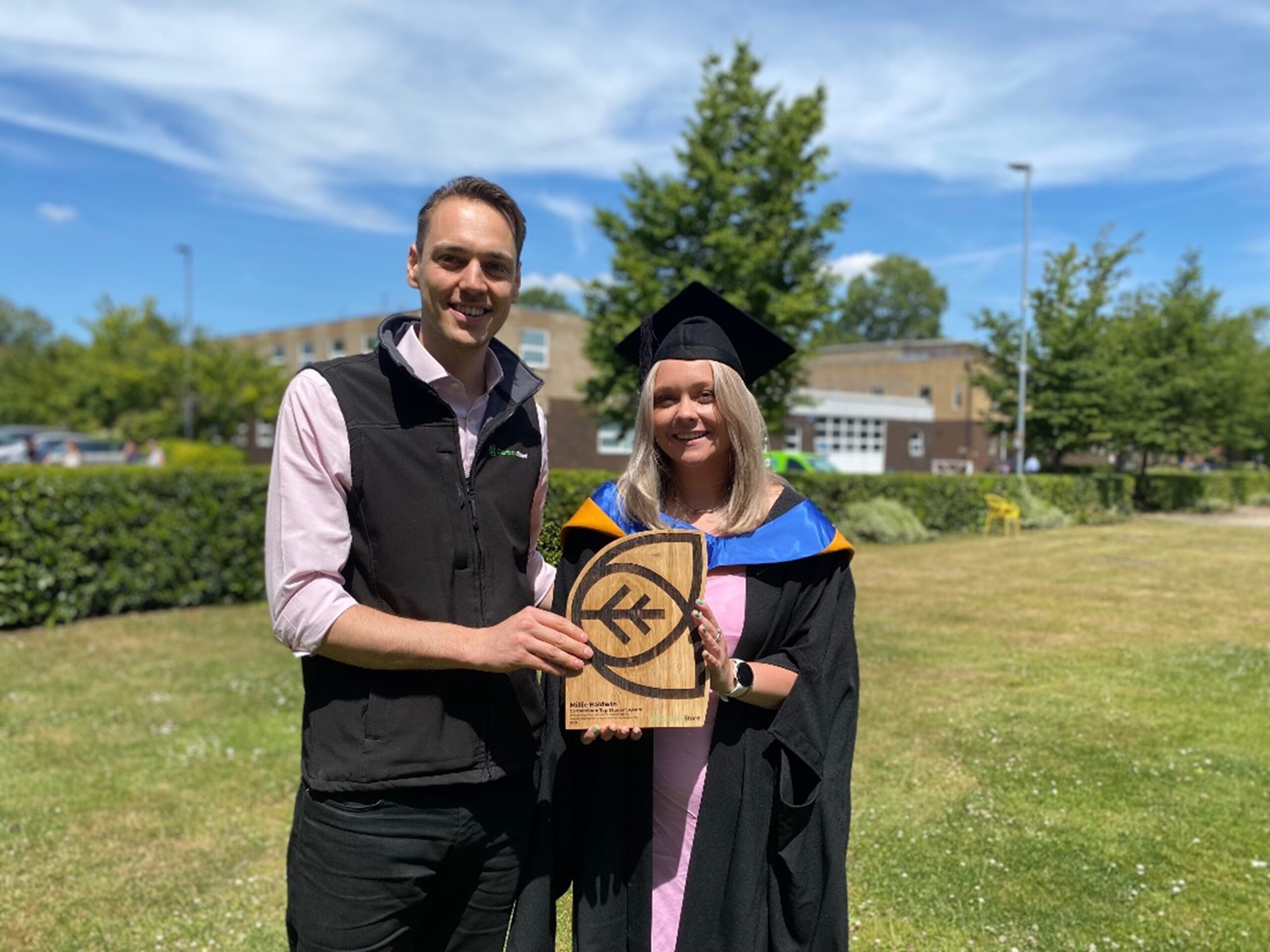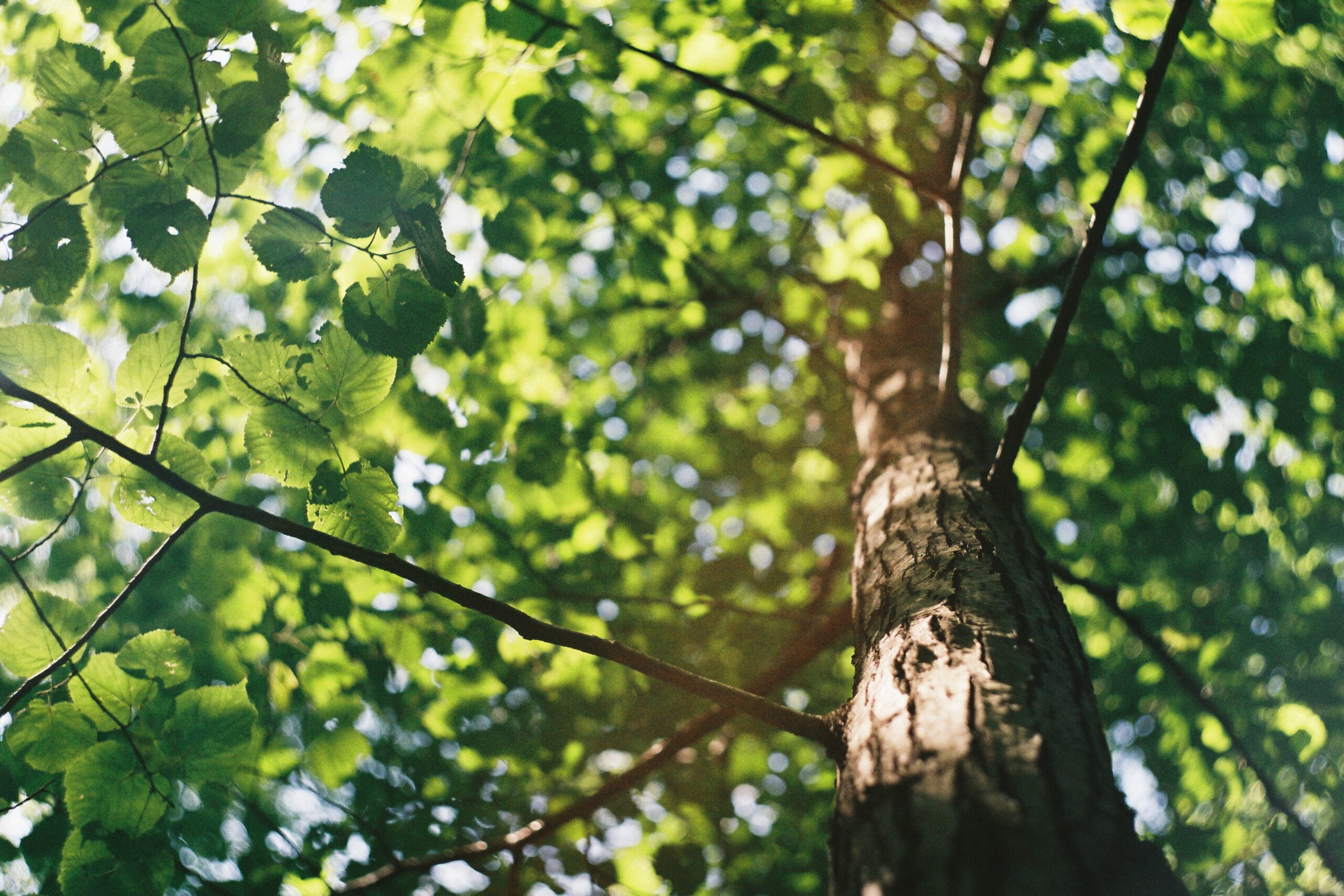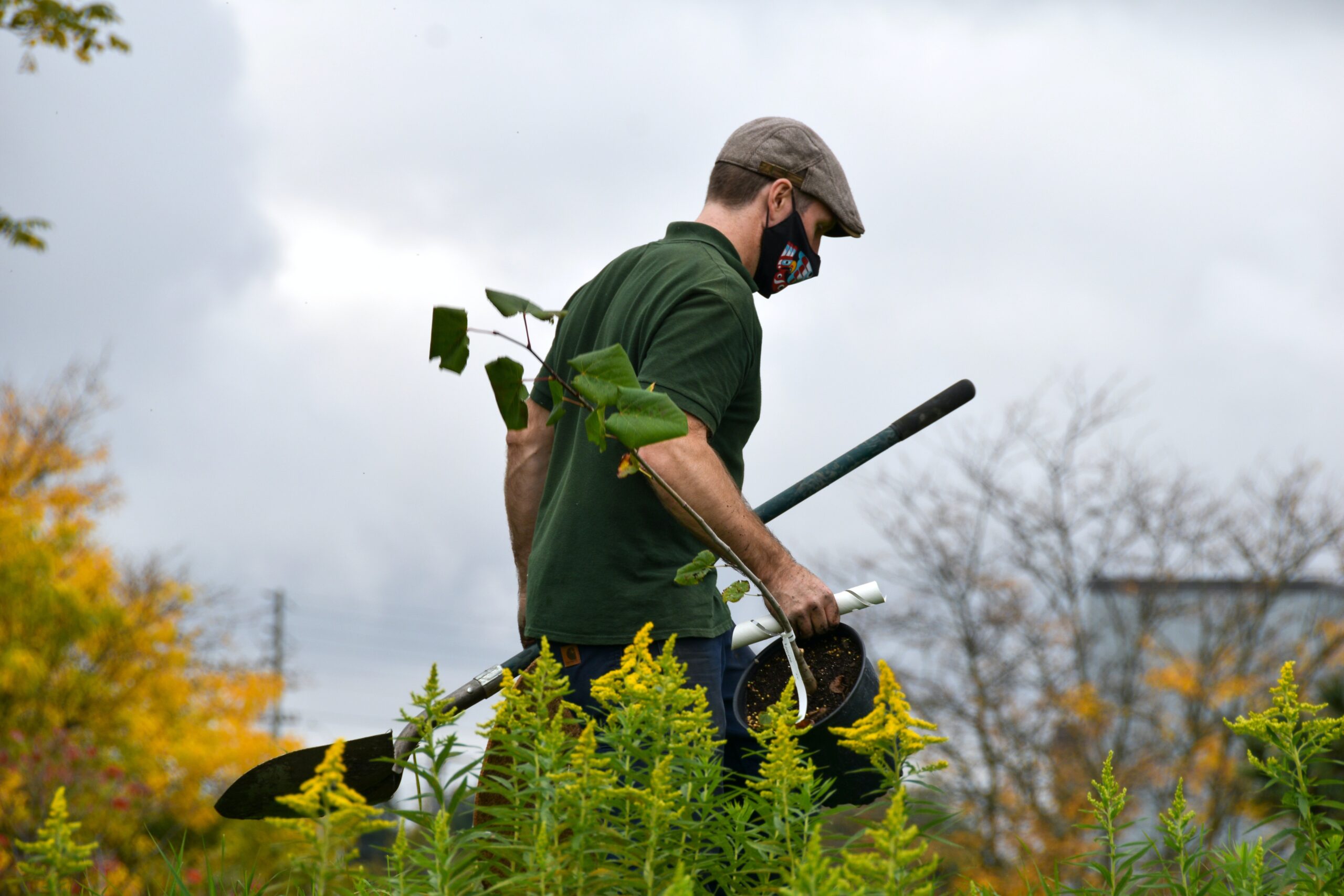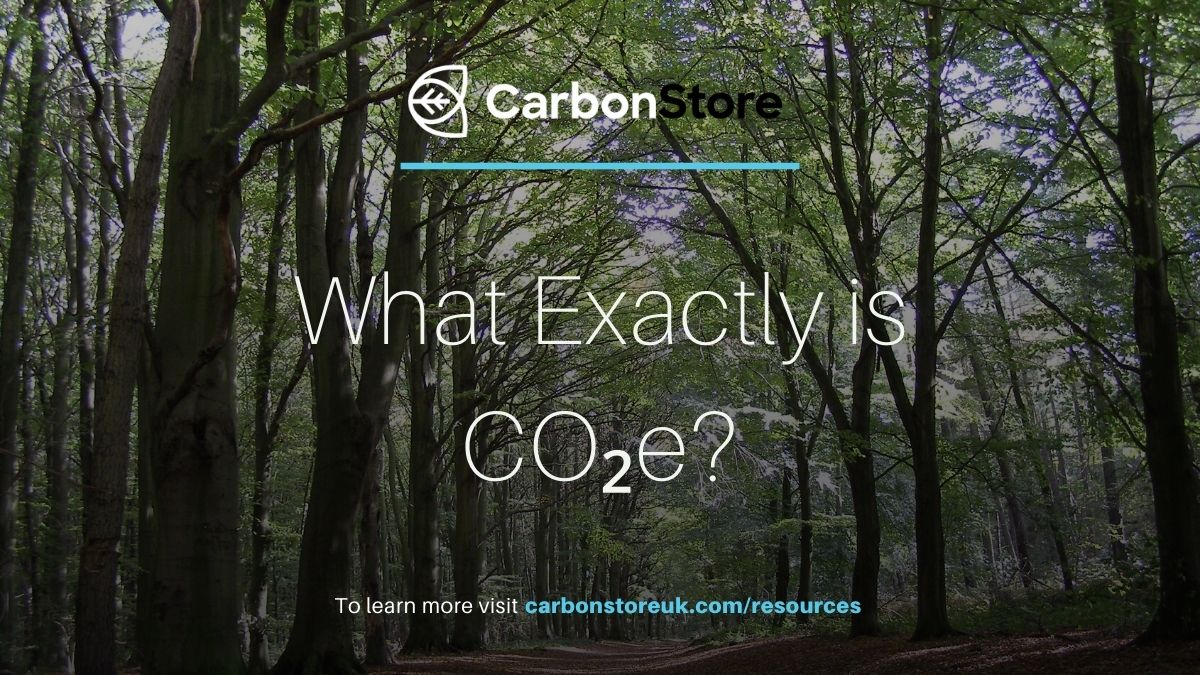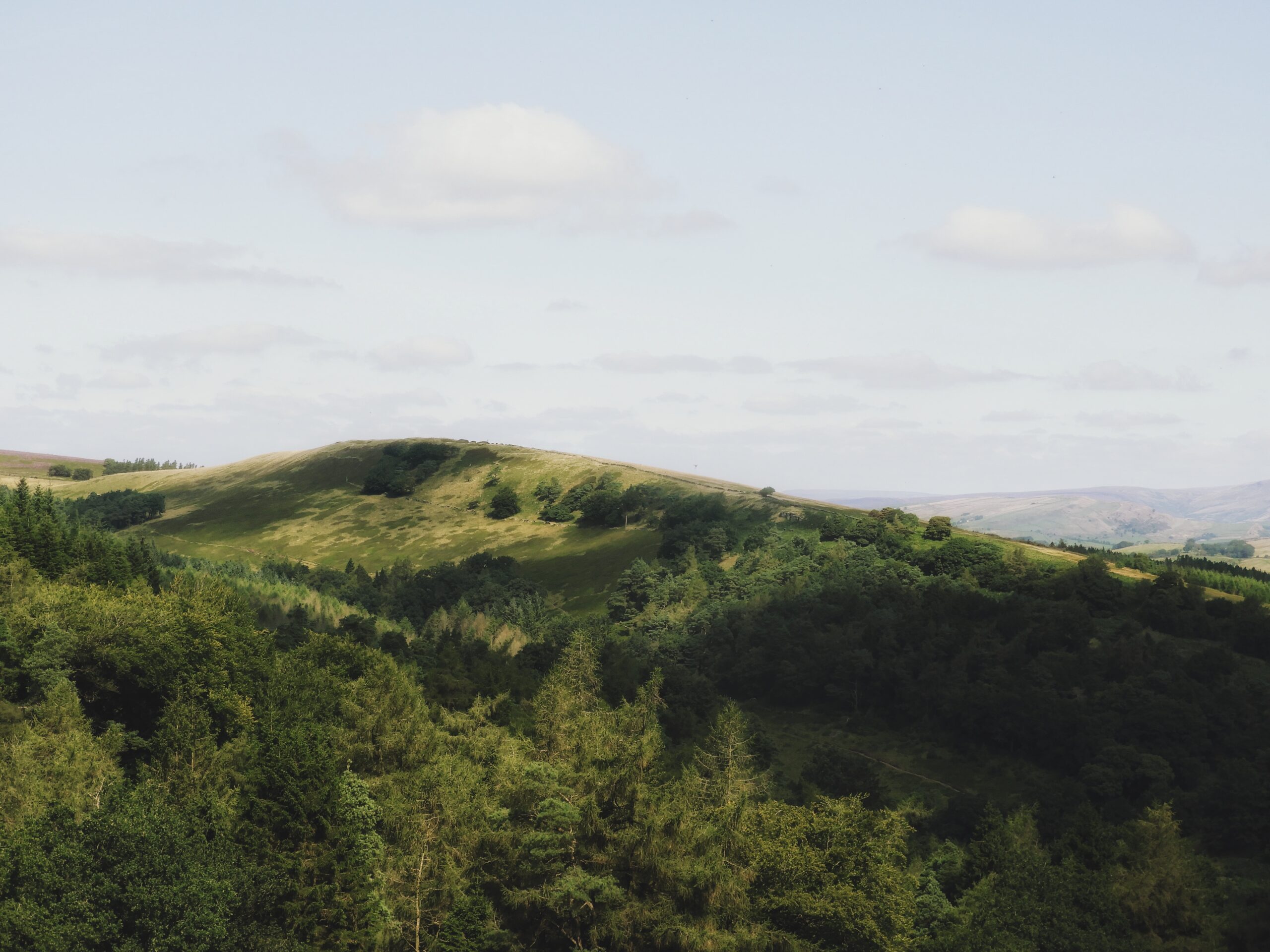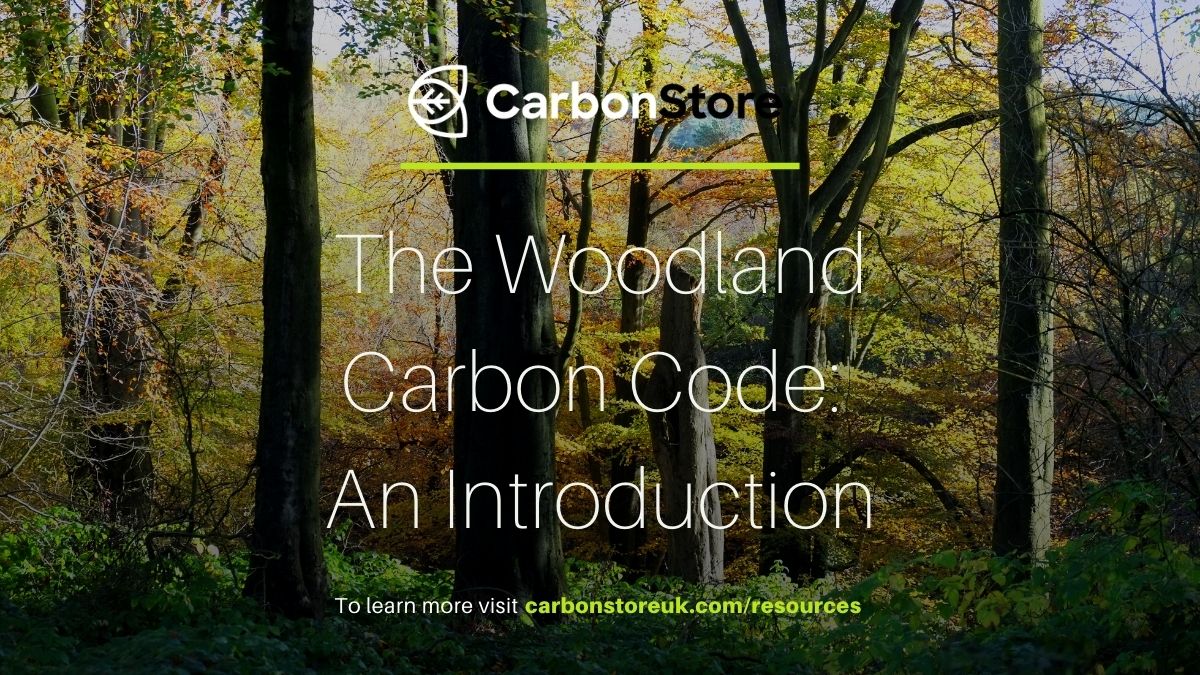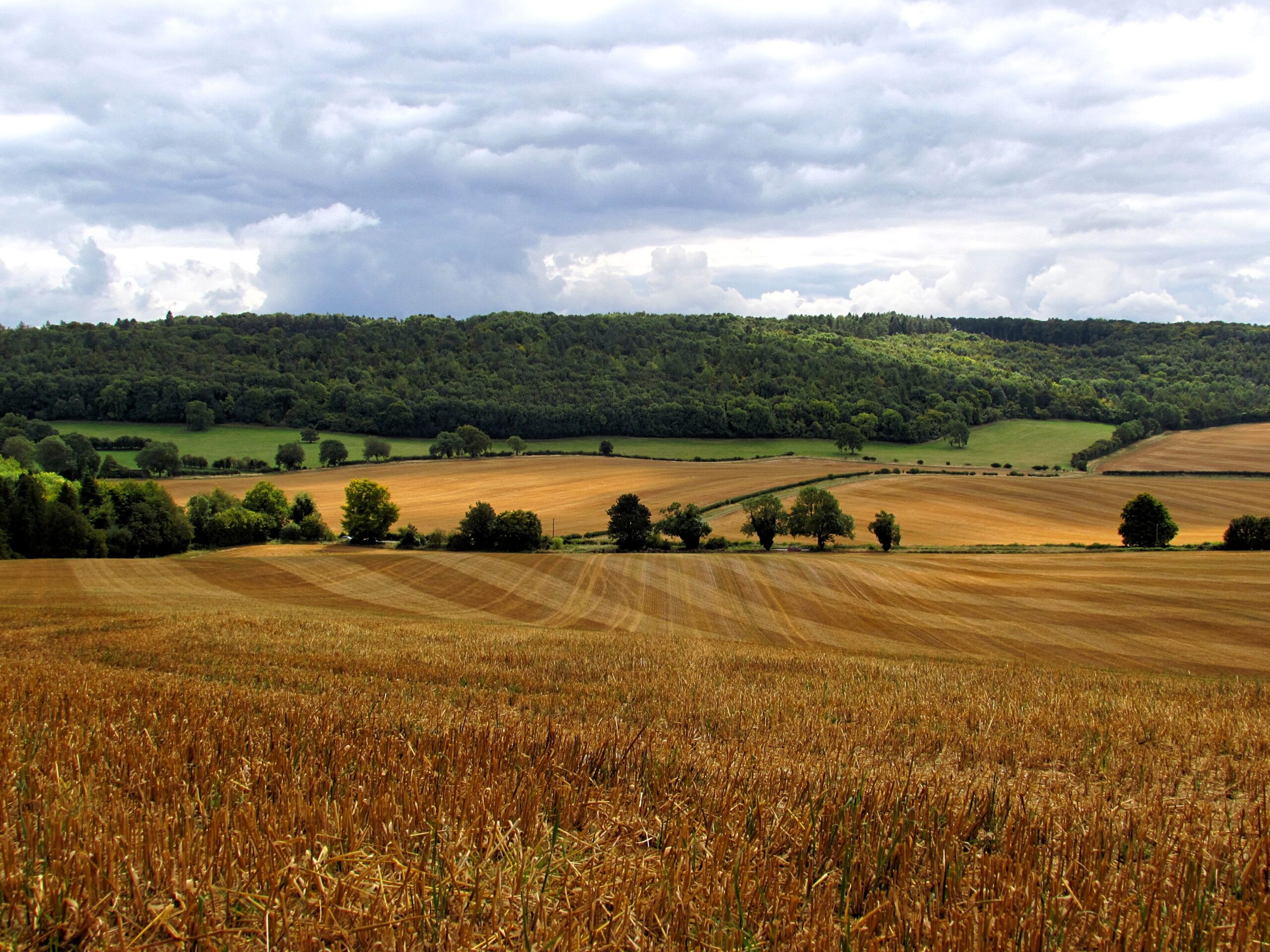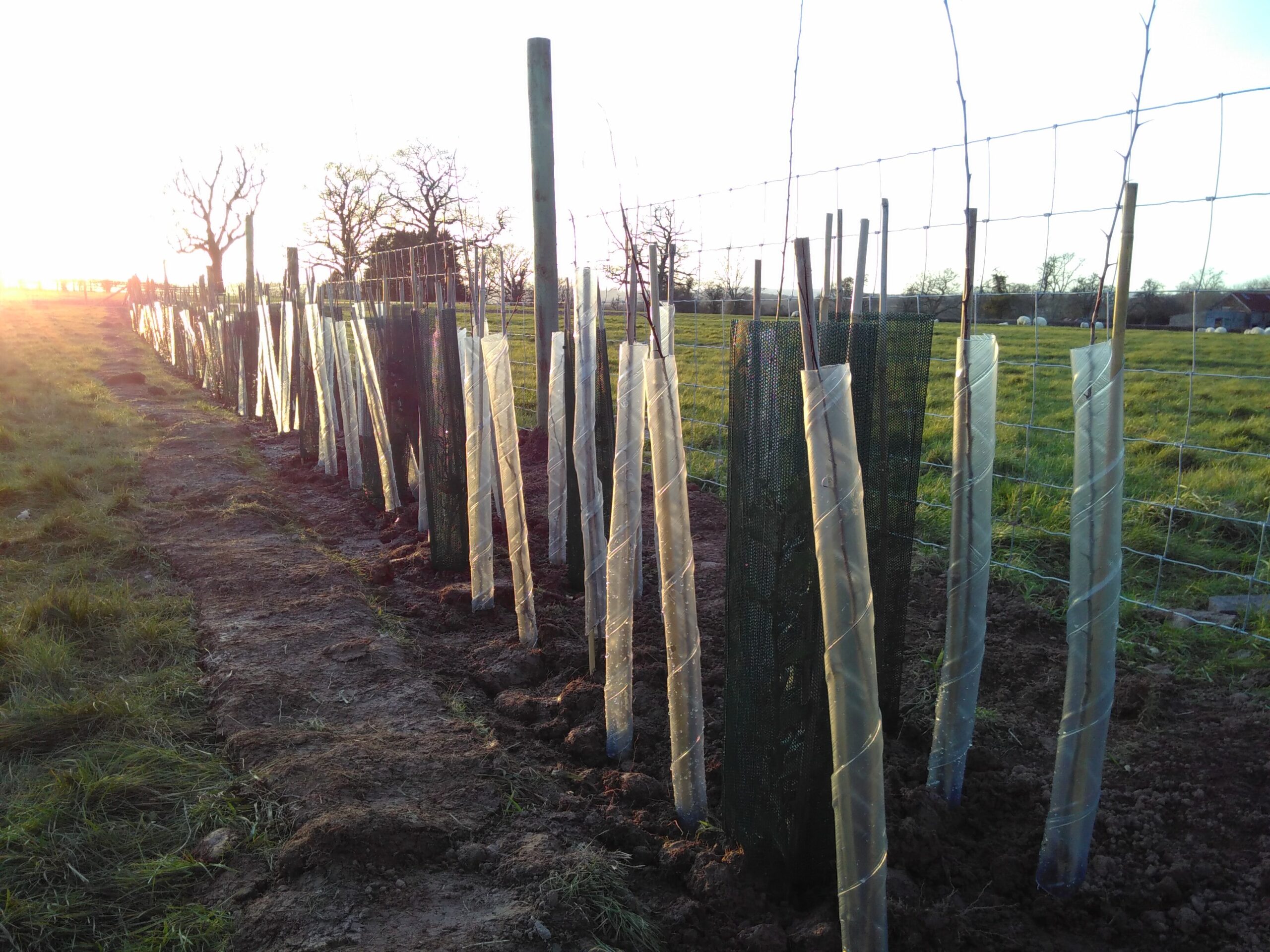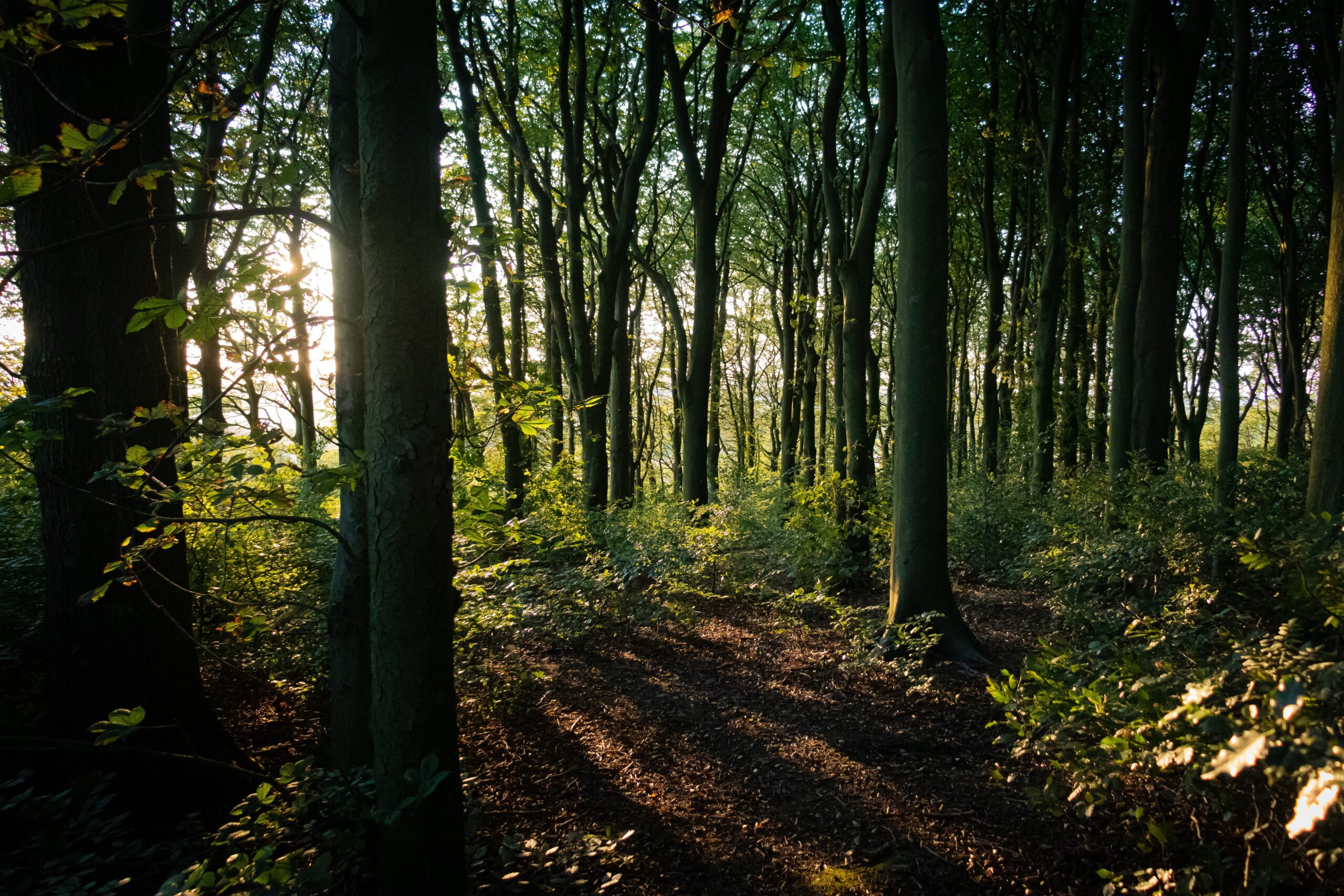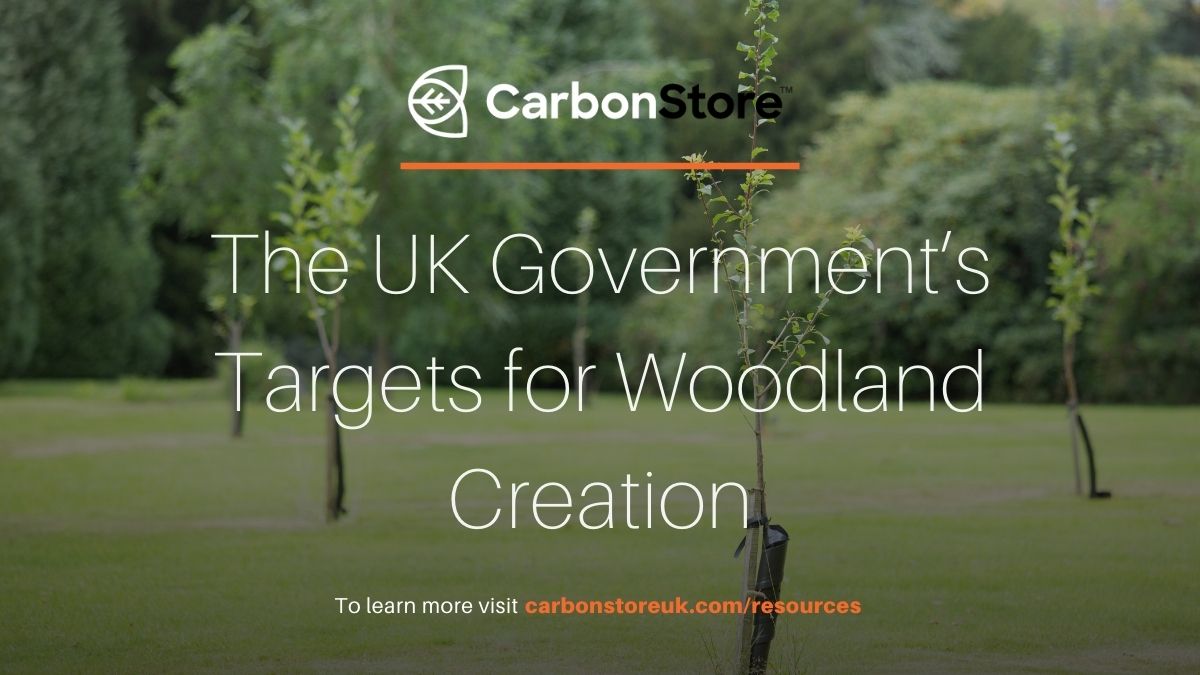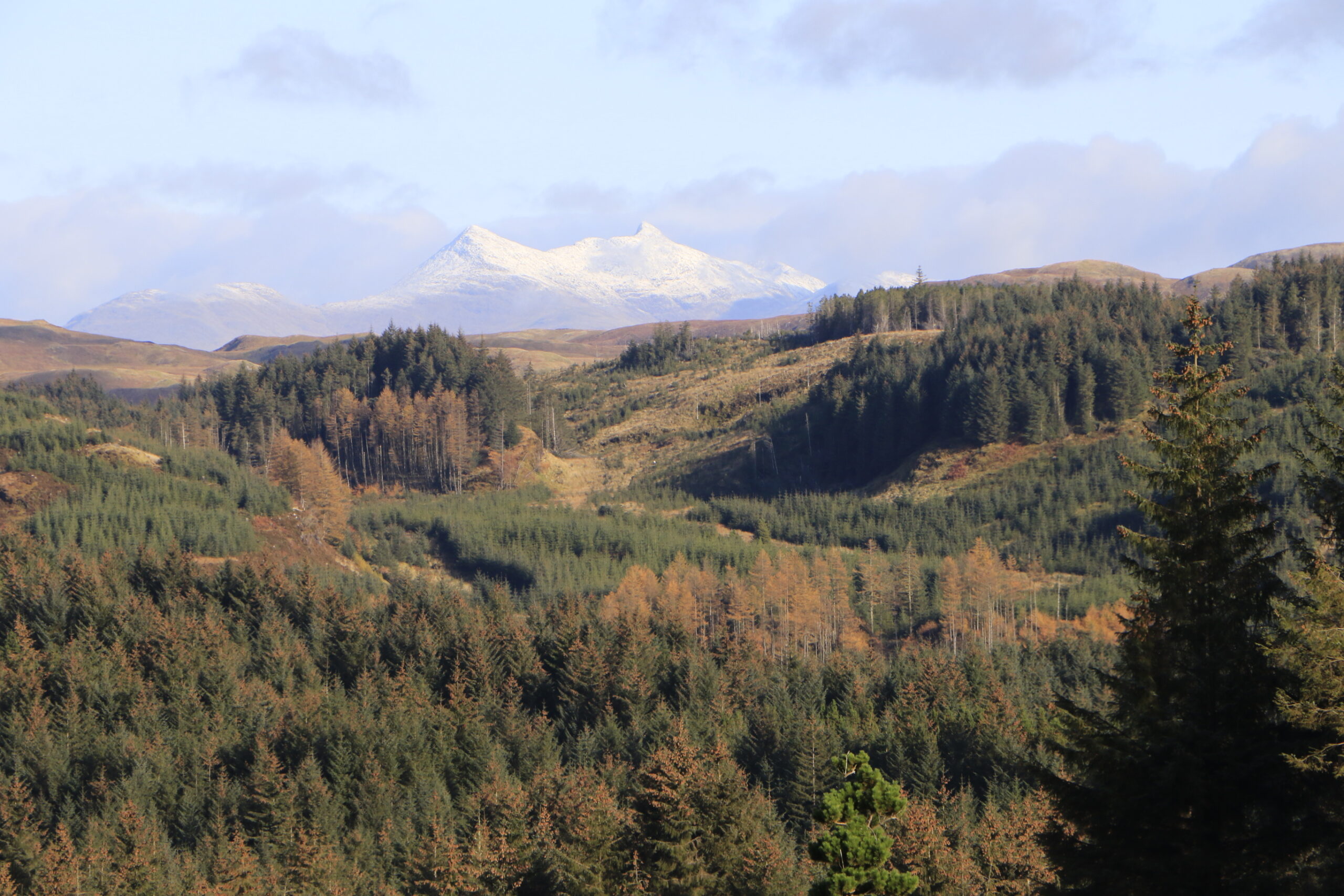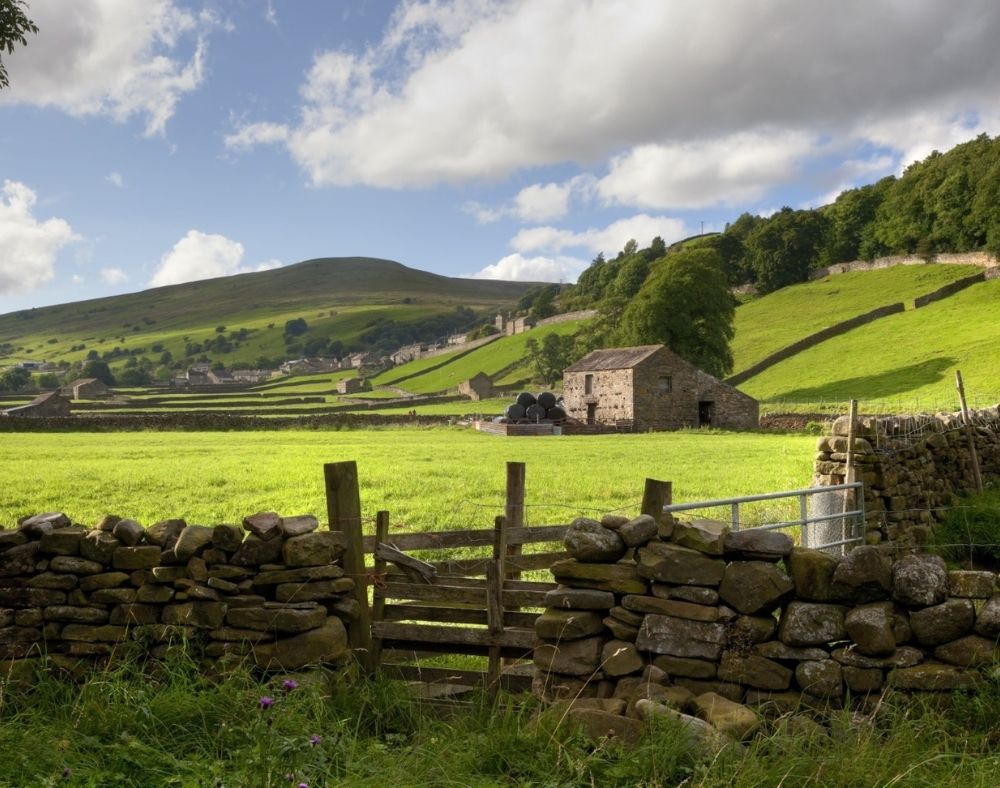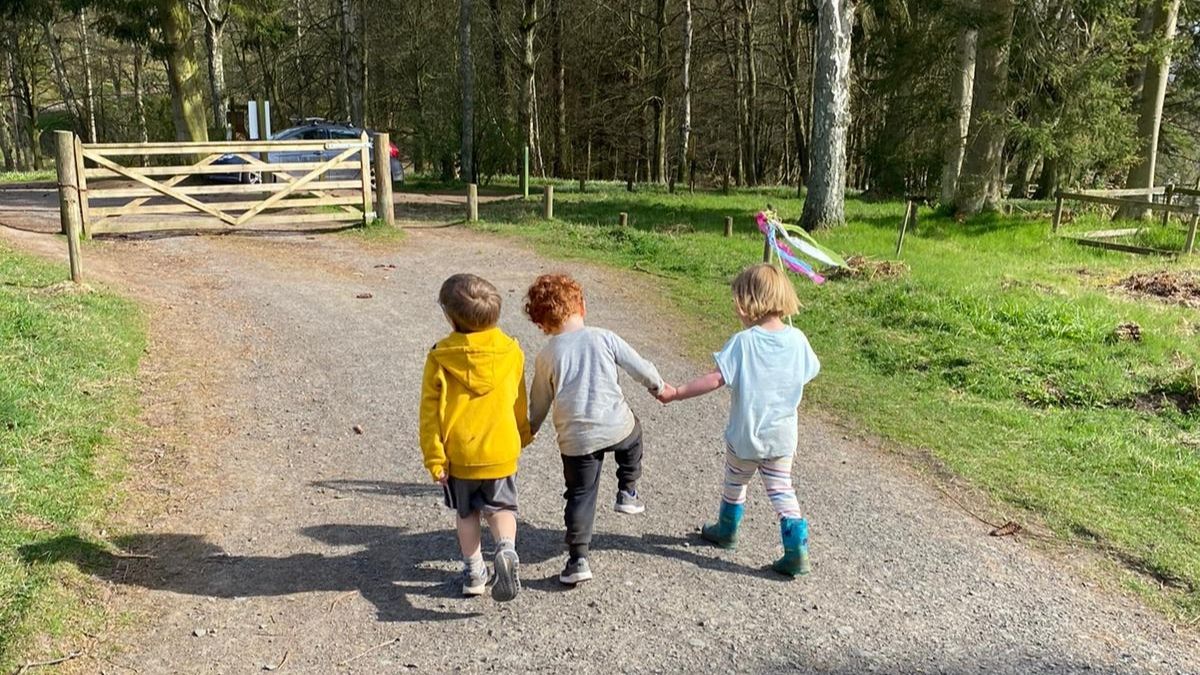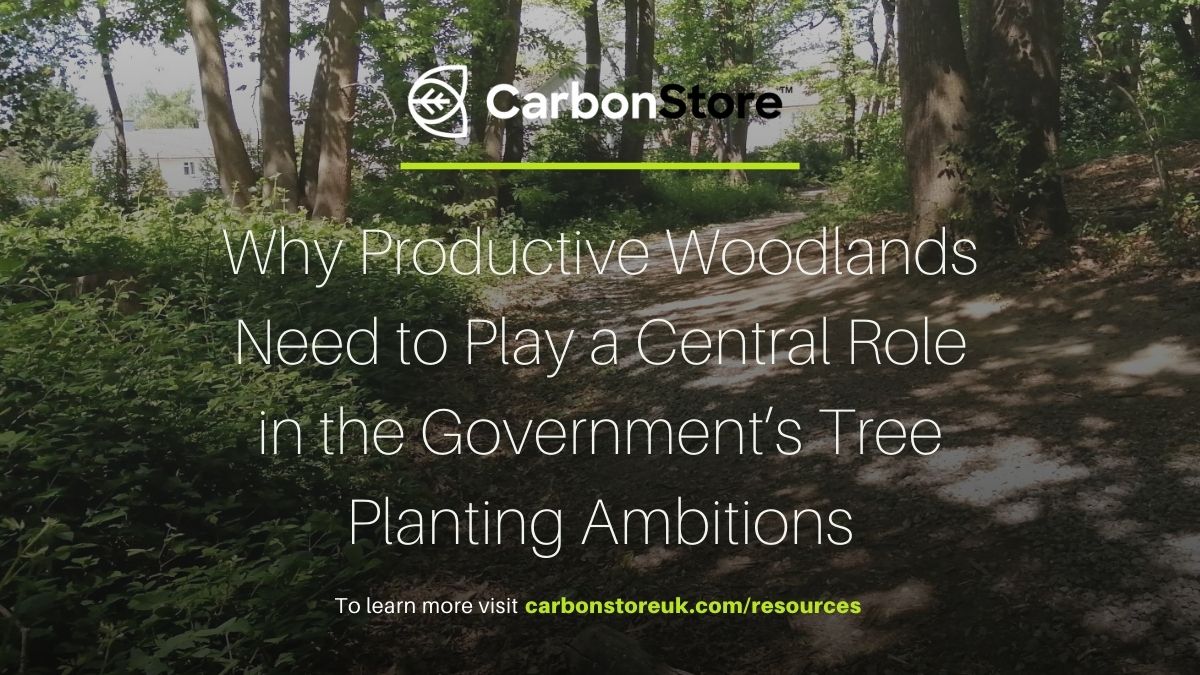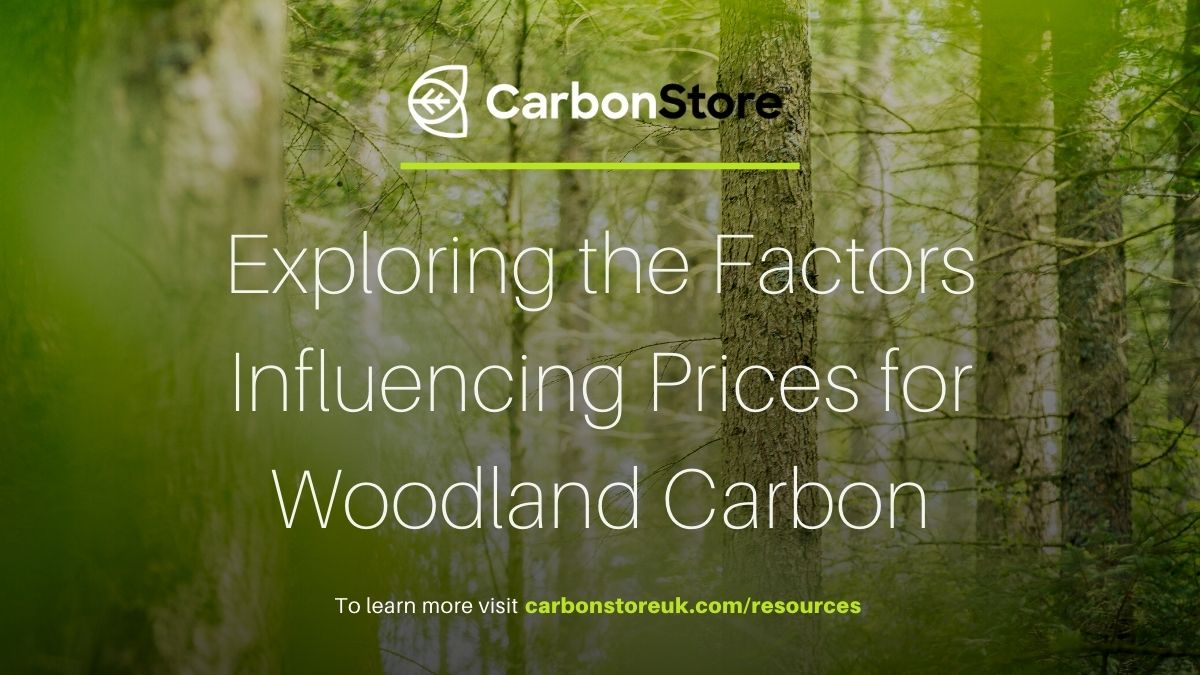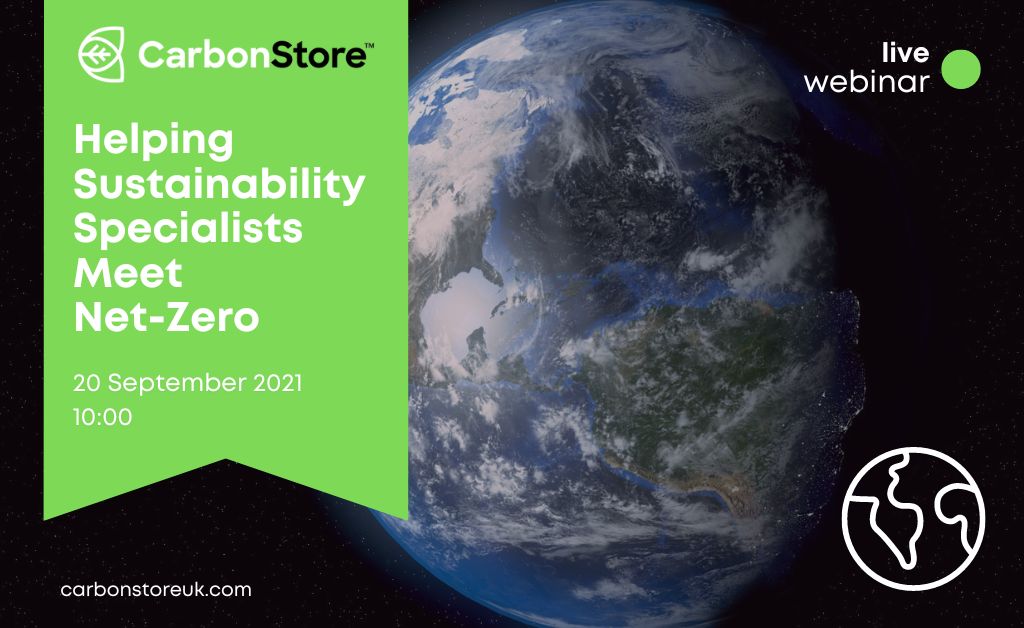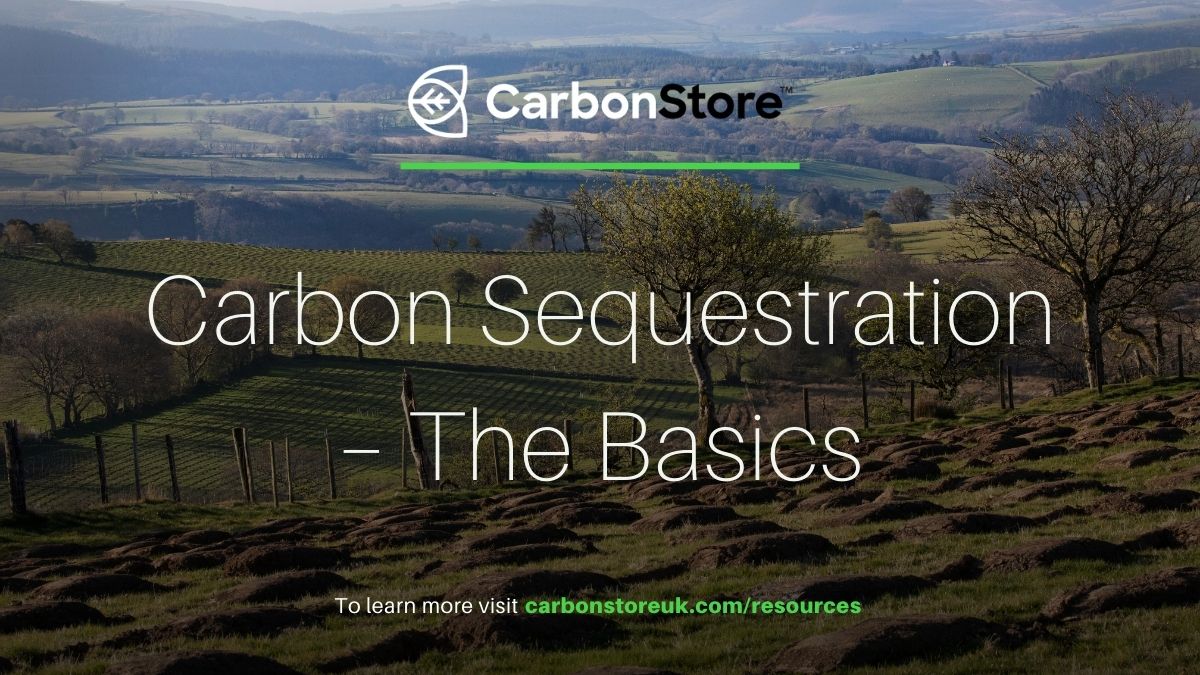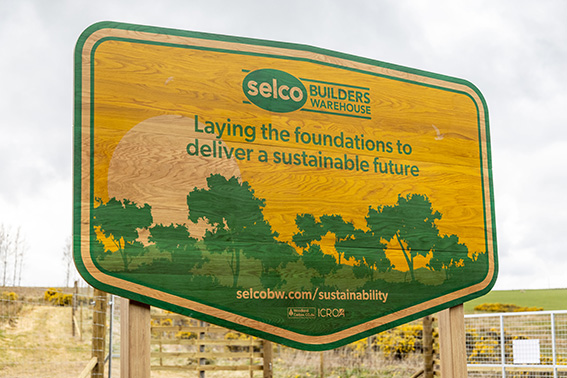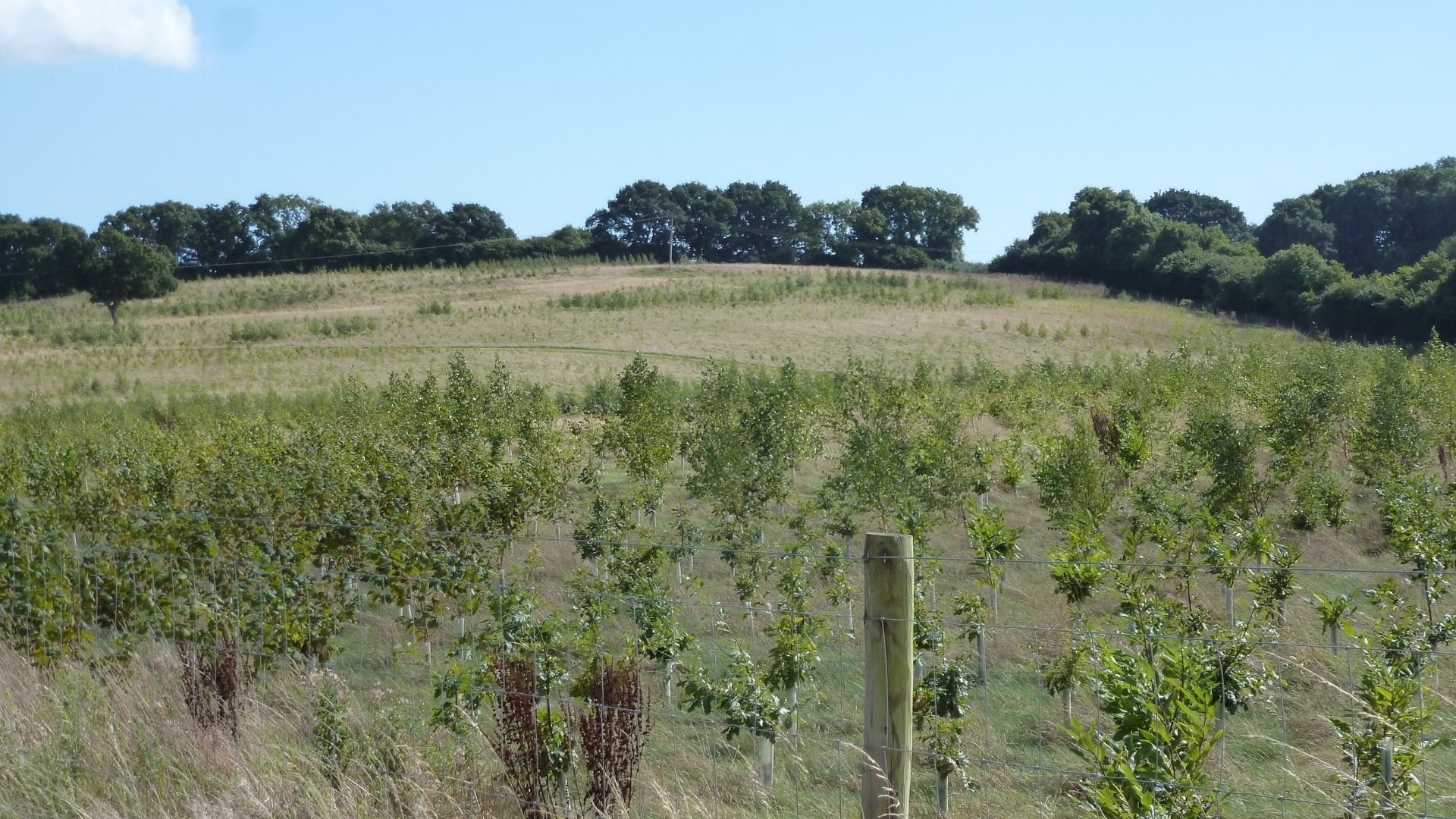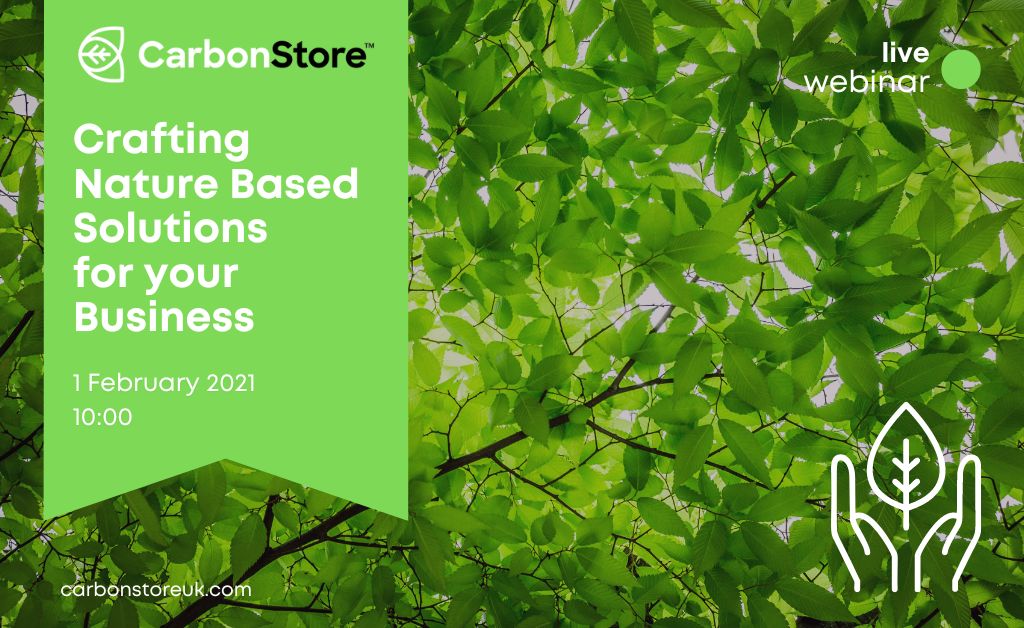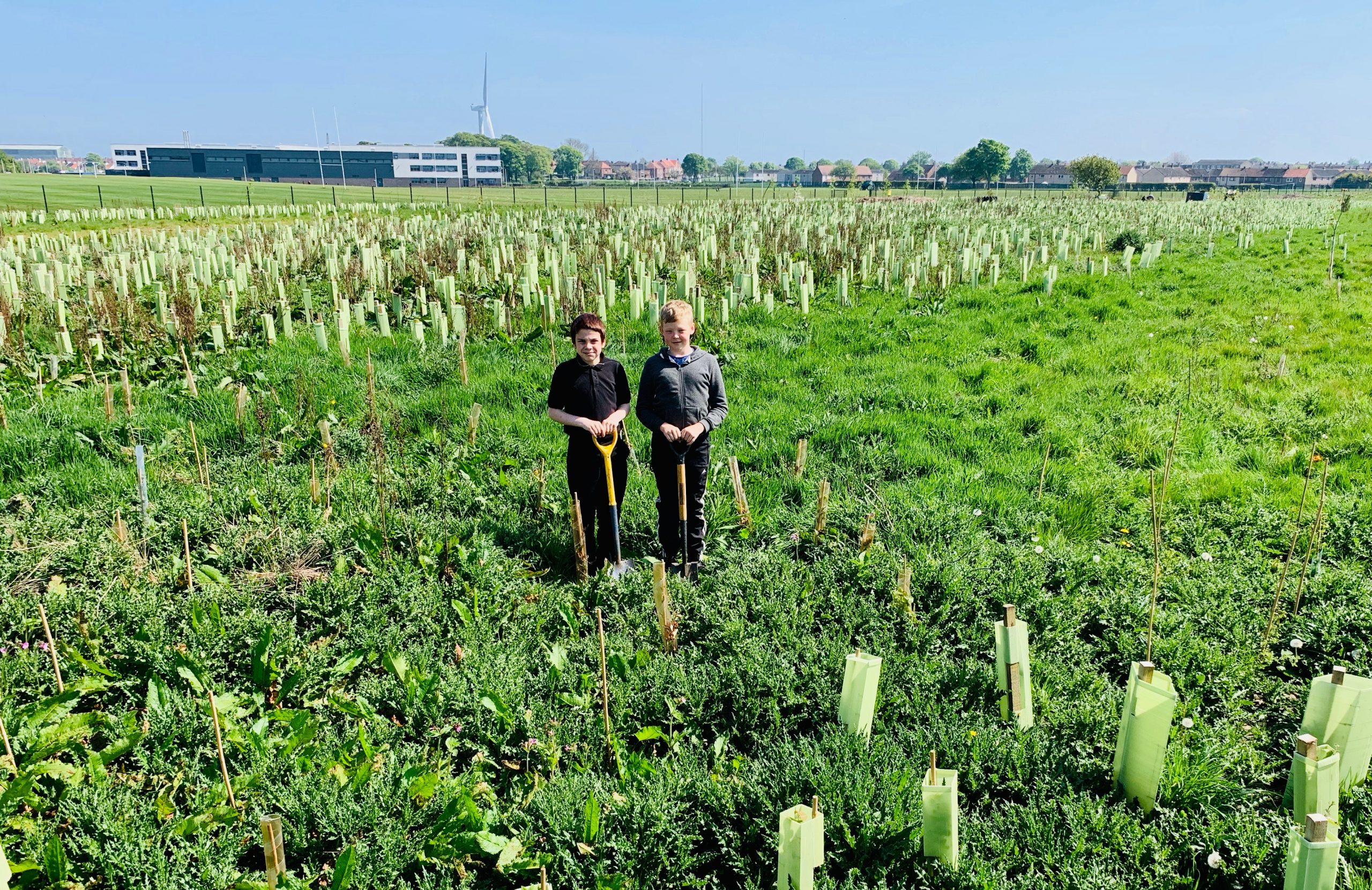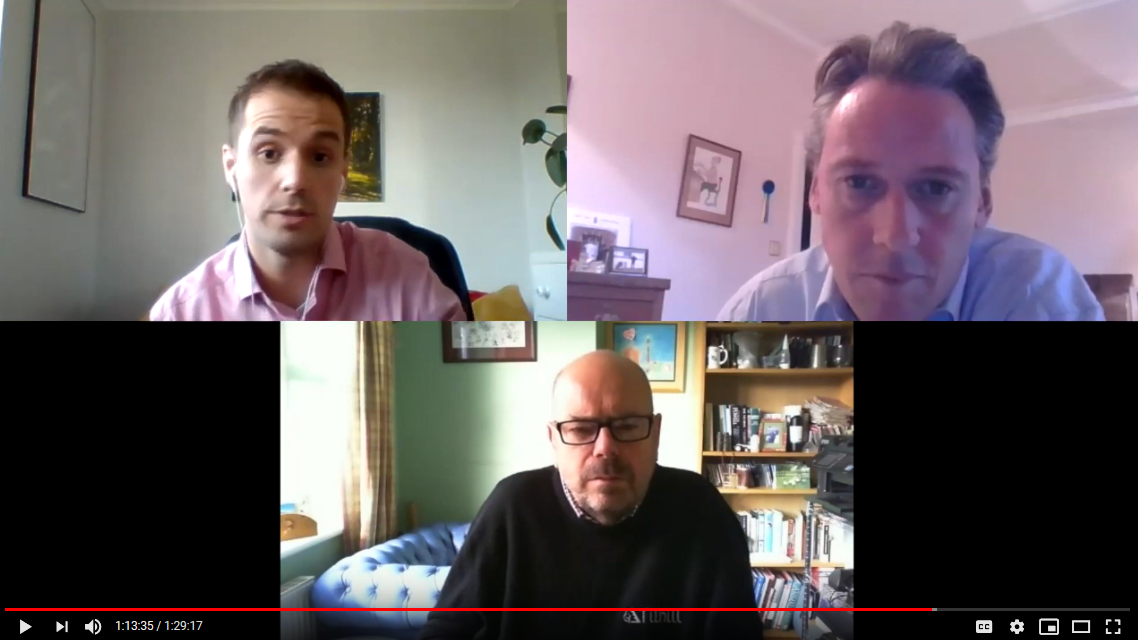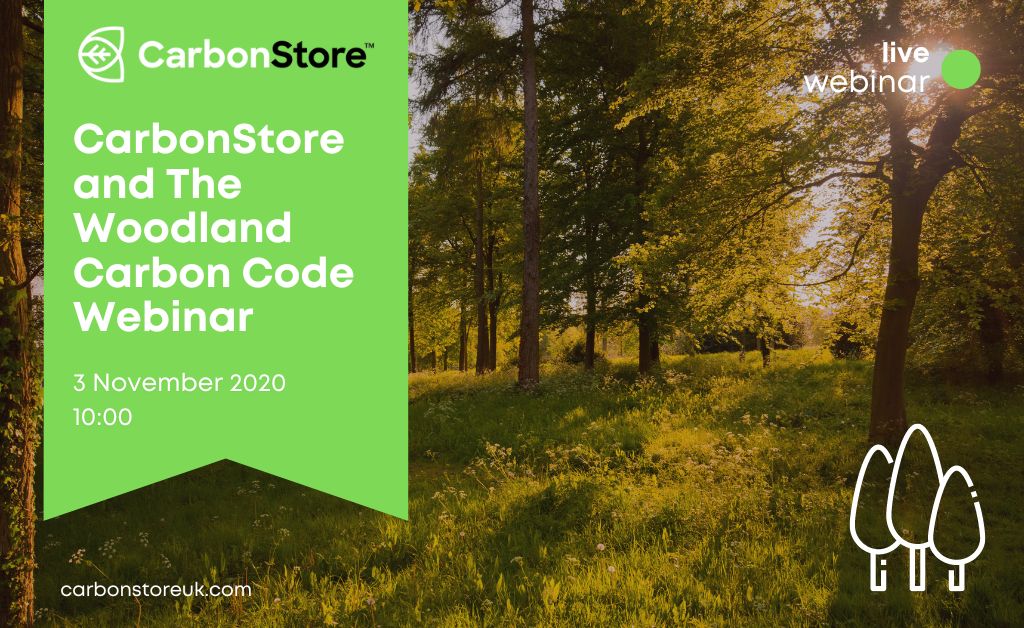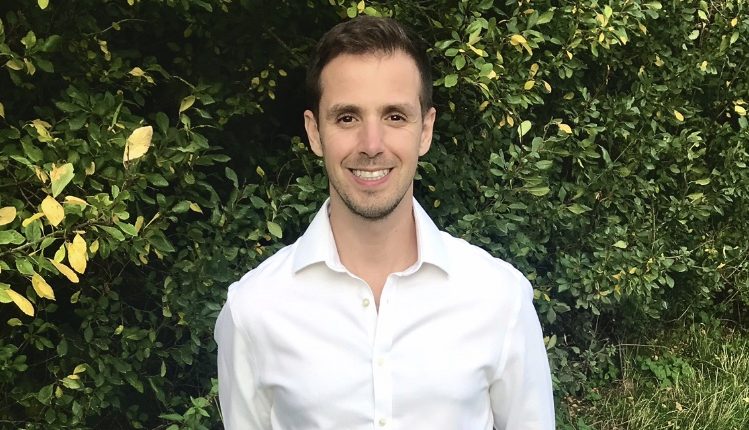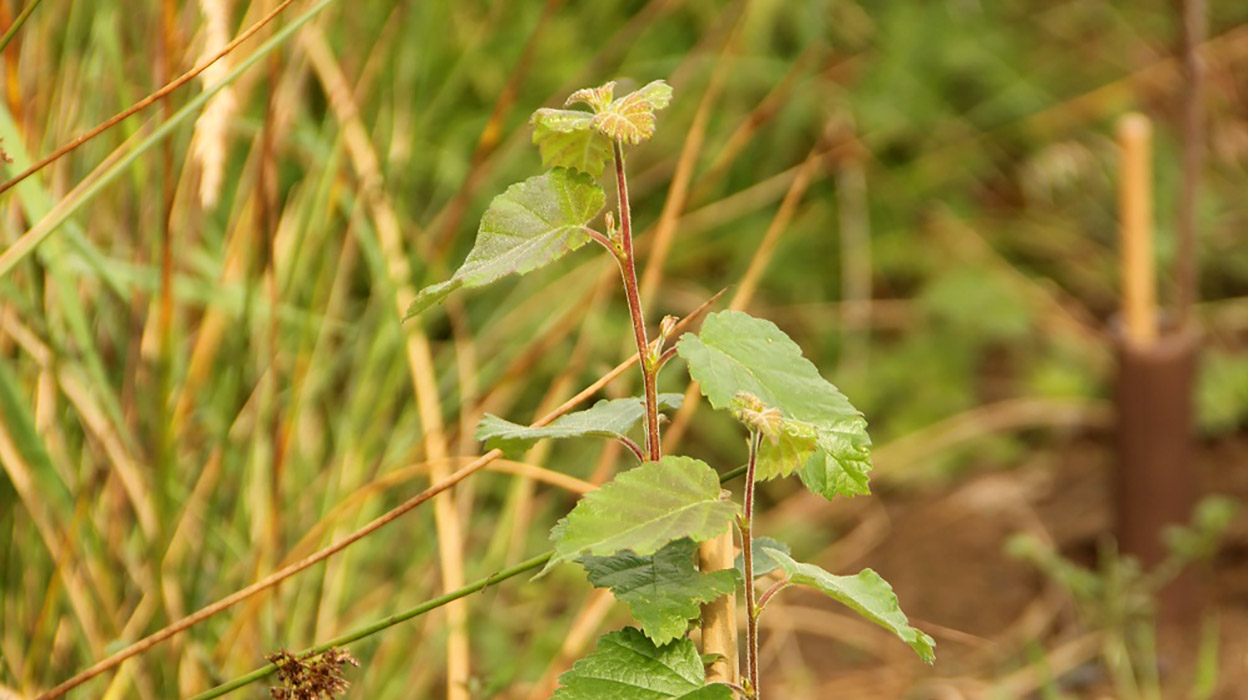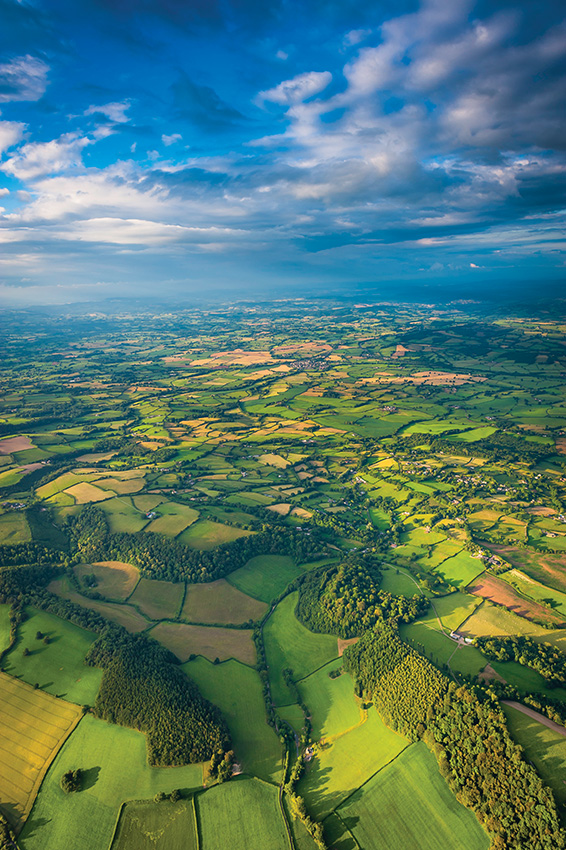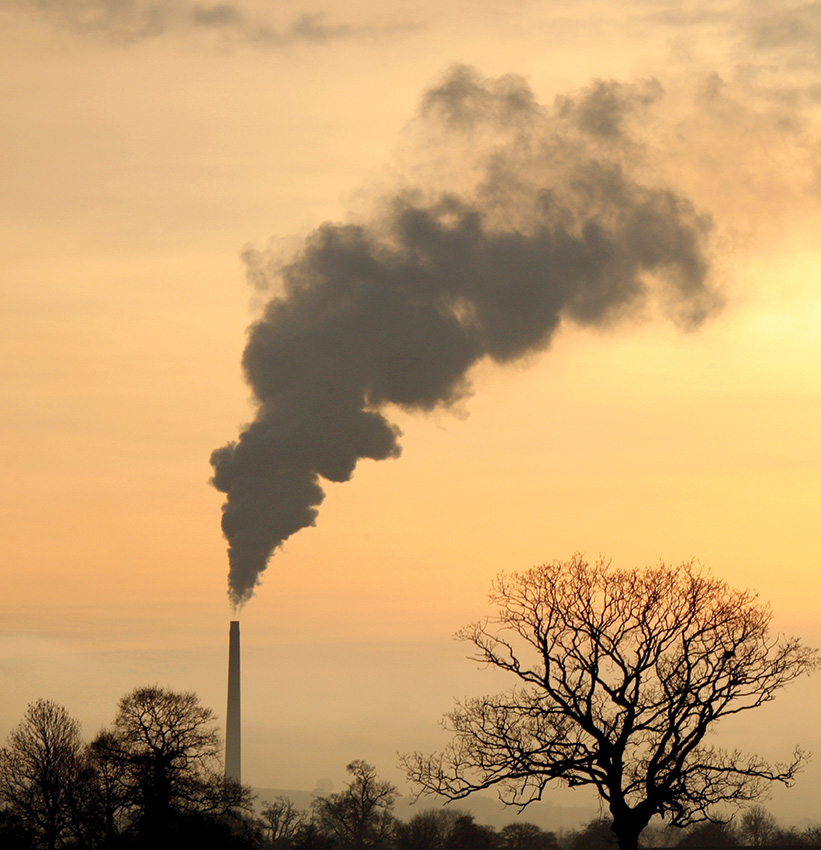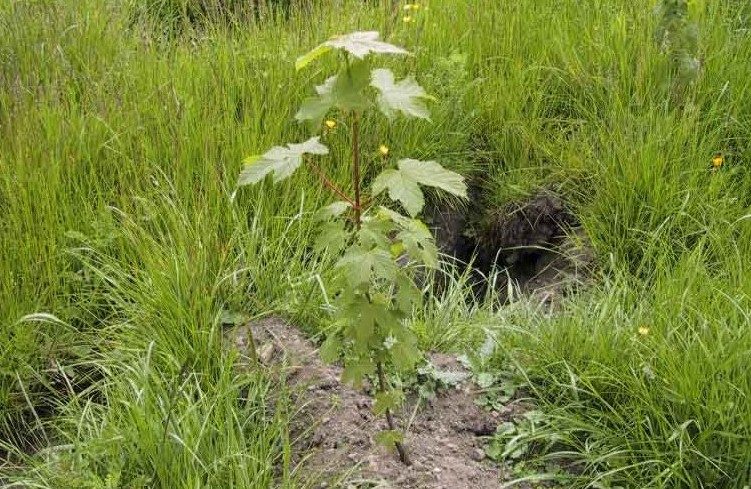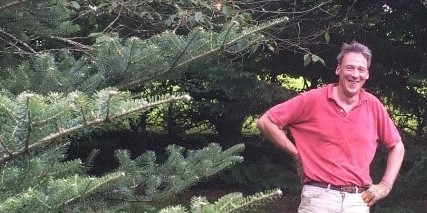Forestry and Land Scotland’s (FLS) ongoing work to restore a globally important habitat is being celebrated as part of World Wetlands Day (2 Feb).
Blanket bog is a type of habitat found on peatland soils in cool, wet upland areas in maritime climates. It covers 23 per cent of Scotland’s land area and is rarely found elsewhere in the world.
In the past, its importance as a carbon sink and as unique habitat was less well understood and large areas were often drained and ploughed for tree planting. This would dry out the peat and impact on the habitat formerly used by birds such as Golden plover, Greenshank, Hen harrier and Black grouse, and by many other animals and plants. The changes also impacted on water quality, on flood management and resulted in the peatland acting as a carbon source, contributing to climate change.
But as knowledge and understanding of peatland habitats evolved work was begun to reverse this.
FLS Chief Executive, Simon Hodgson, said:
“World Wetlands Day is a great way to help maintain everyone’s focus on the importance of restoring these habitats.
“This hugely important work is helping secure our carbon stores – changing peatlands from sources of carbon to carbon sinks – and is an integral part of Scotland’s contribution to tackling the global climate emergency, and furthering the Scottish Government pledge to make Scotland a net-zero emissions country by 2045.
“It is also adding substantial value to the scale of the contribution we make to our environment, to biodiversity, water quality, and to the people of Scotland.
“We started peatland restoration work over 20 years ago at Longbridgemuir near Dumfries and since 2014 have ramped up our restoration work across Scotland, removing trees, blocking drainage ditches and restoring the naturally high water table.
“Perhaps the best known place that we are working/have worked on is the Flow Country in Caithness and Sutherland, an unparalleled blanket bog habitat that is currently being considered as a potential World Heritage Site.
Over the past six years FLS has begun this positive work on peatland sites all over Scotland, starting the process of restoring over 3000 hectares of afforested land, and 3,000 hectares of threatened open peatland.
In this last year alone it has worked to restore over 1,000ha of open and tree-covered peatland (work that began just after the end of the first Covid-19 lockdown in April 2020), with six sites already completed, with a further 9 sites on track to be finished before the end of March 2021. These transformational landscape-scale restoration projects can be found mainly in the Highlands, with another on the Isle of Skye, and one in Moray.
This restoration work has been funded by Scottish Government and the Nature.Scot Peatland Action Fund, as part of the Scottish Government’s £250 million commitment to peatland restoration projects over the next ten years.

